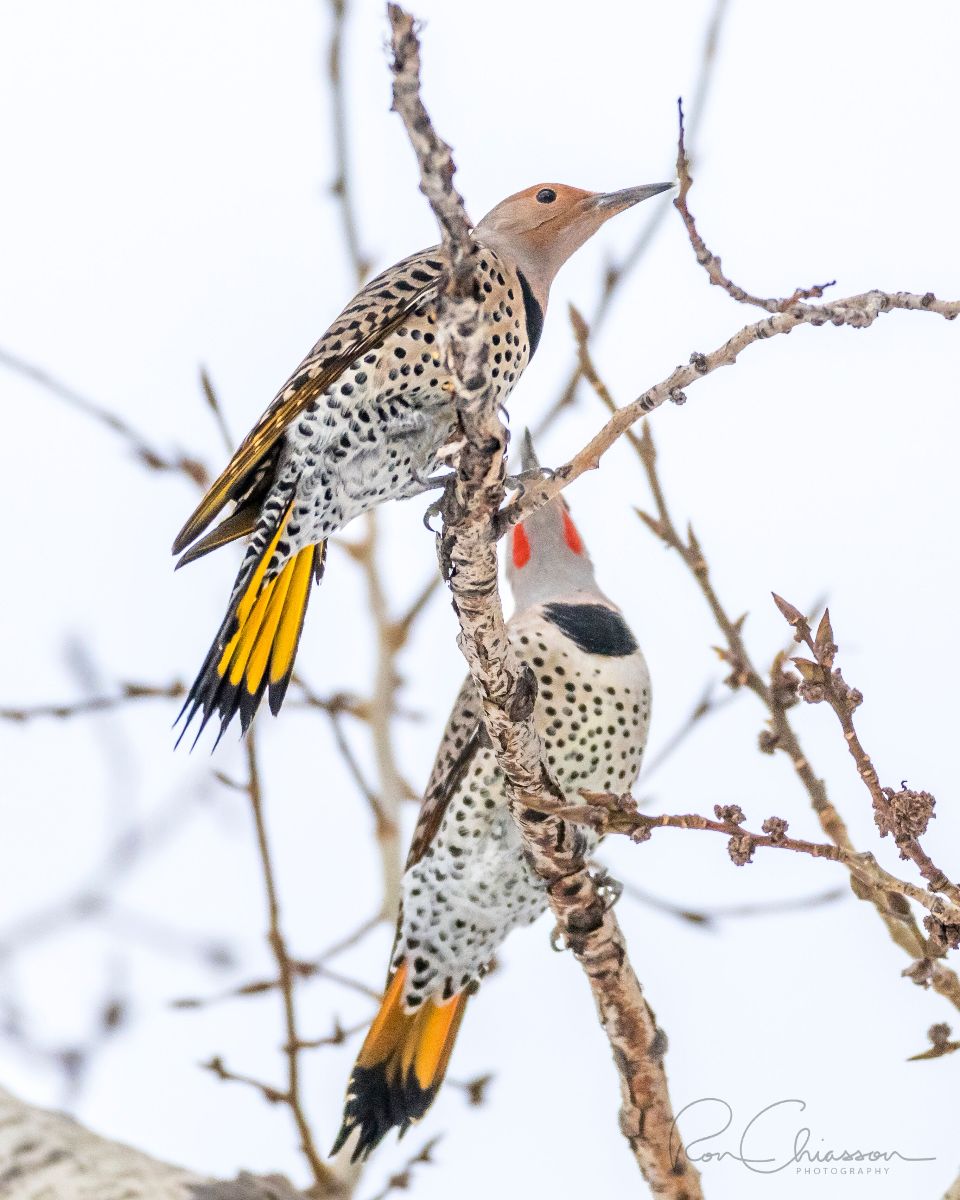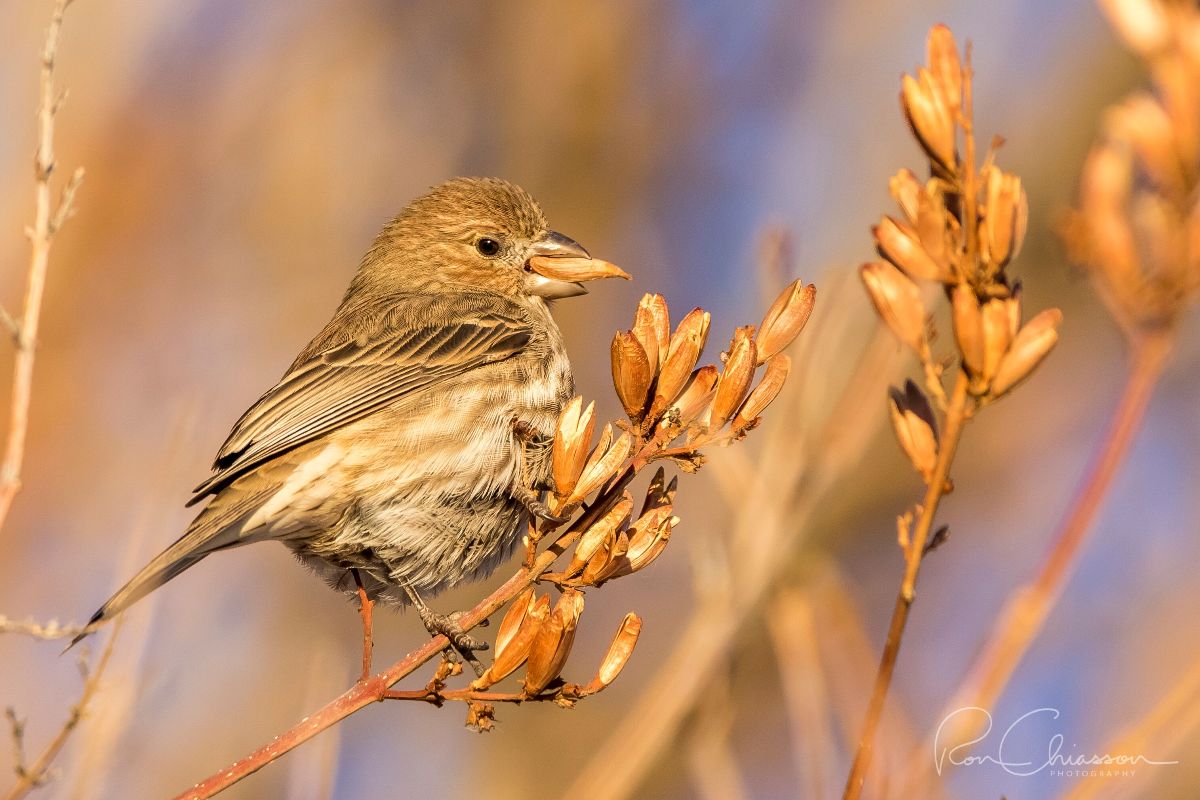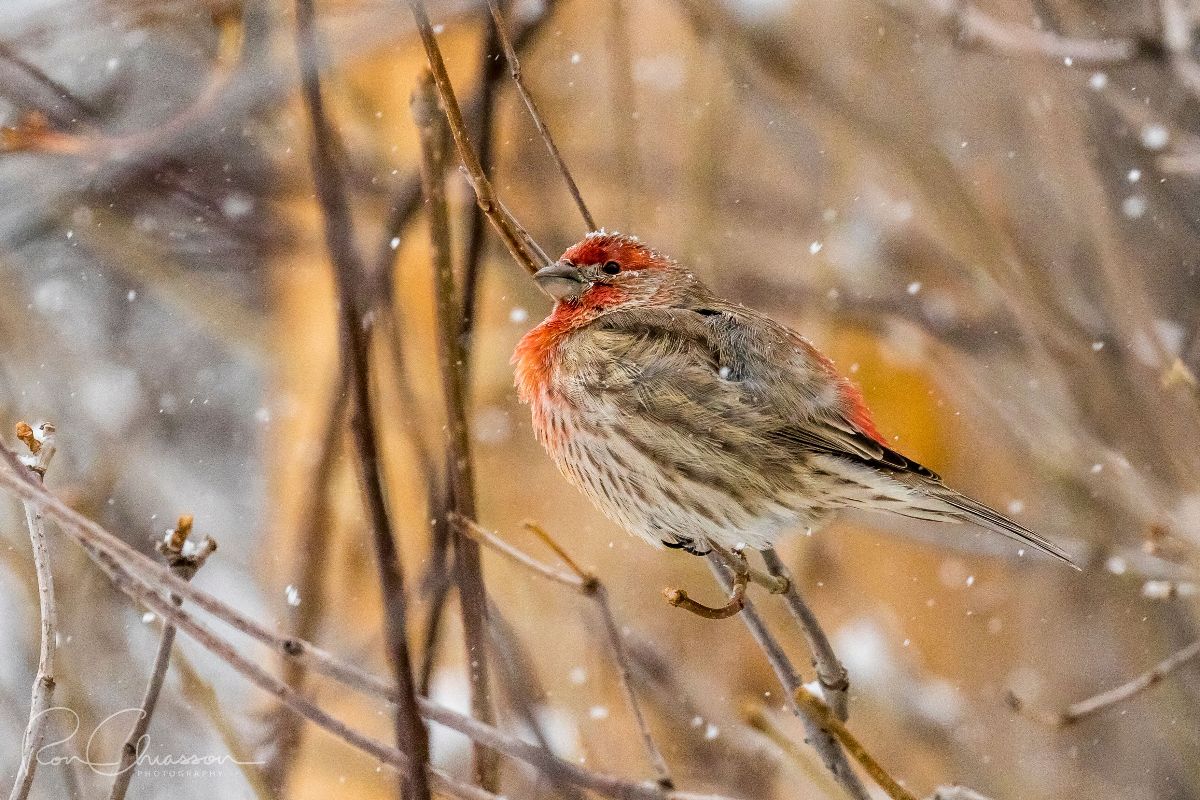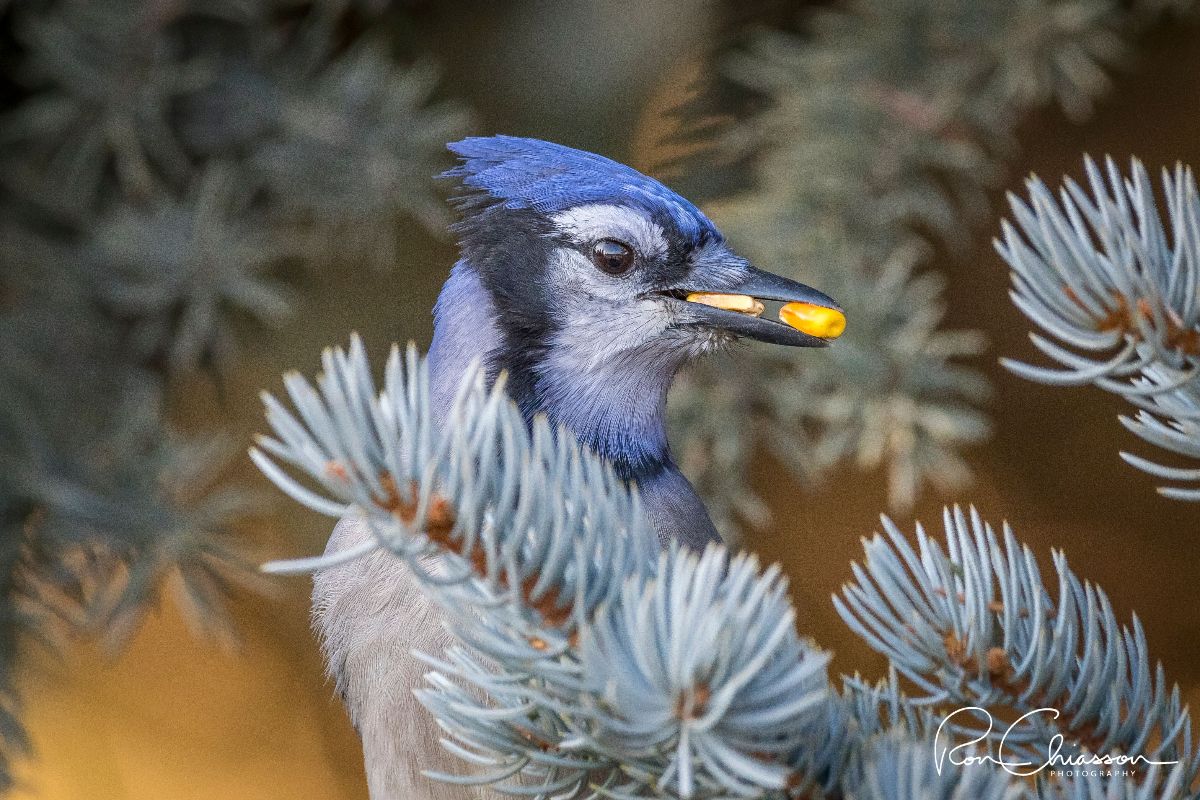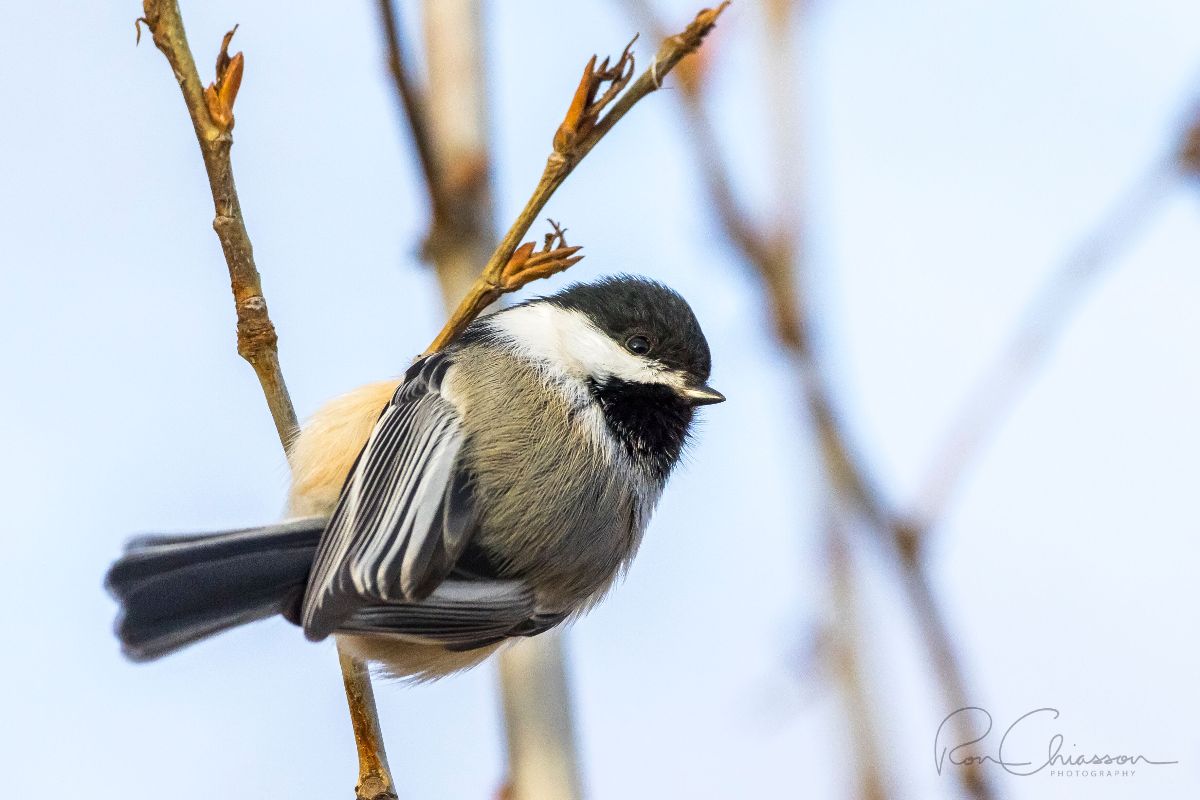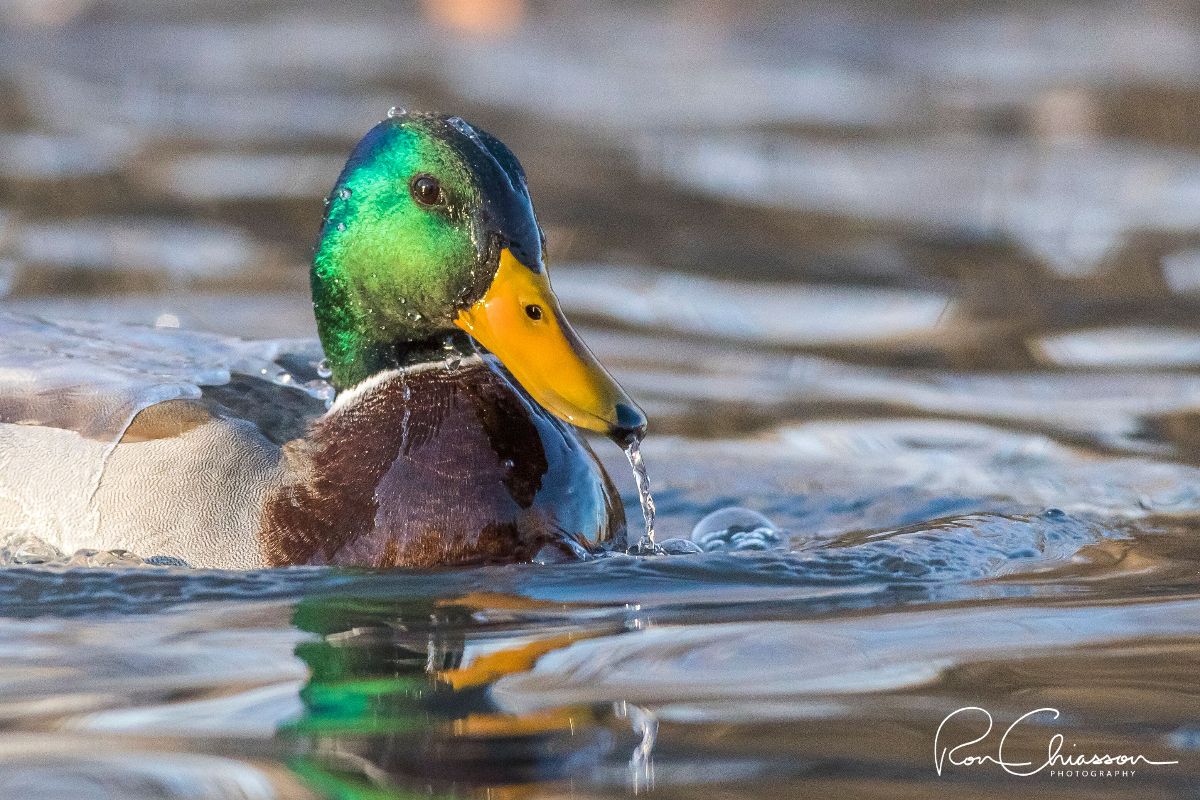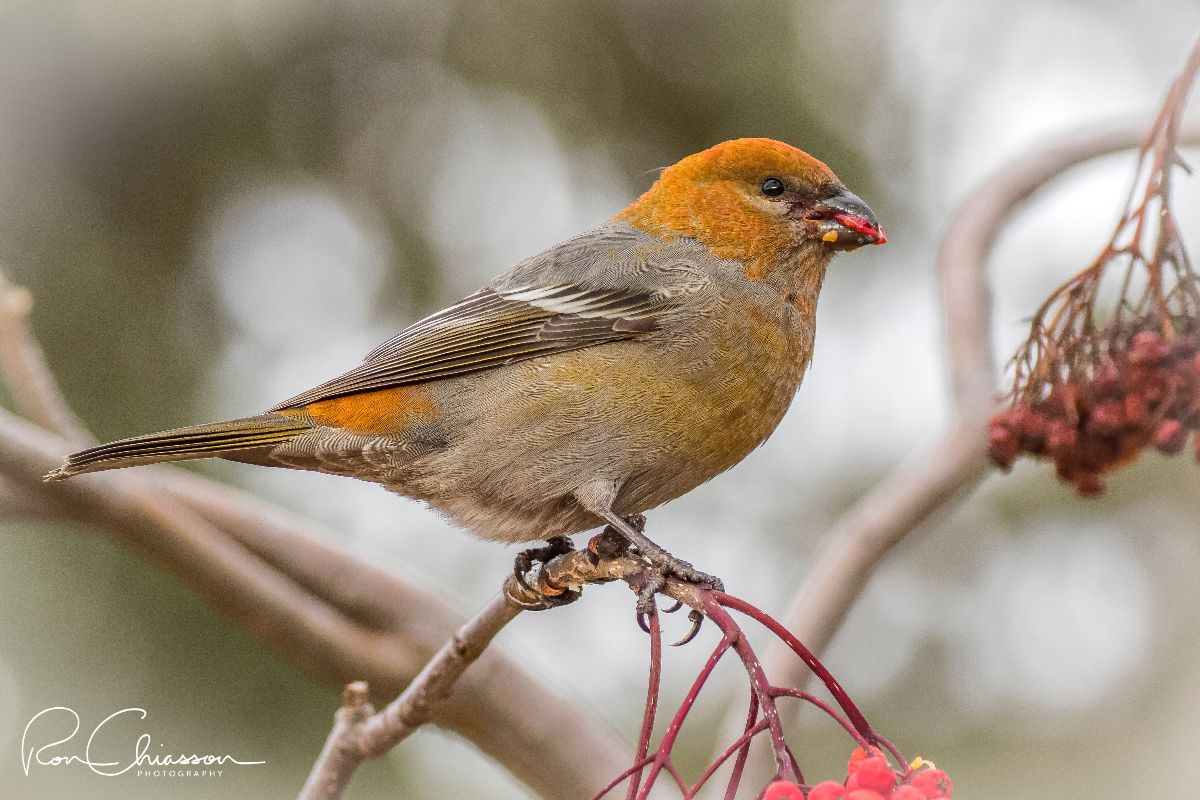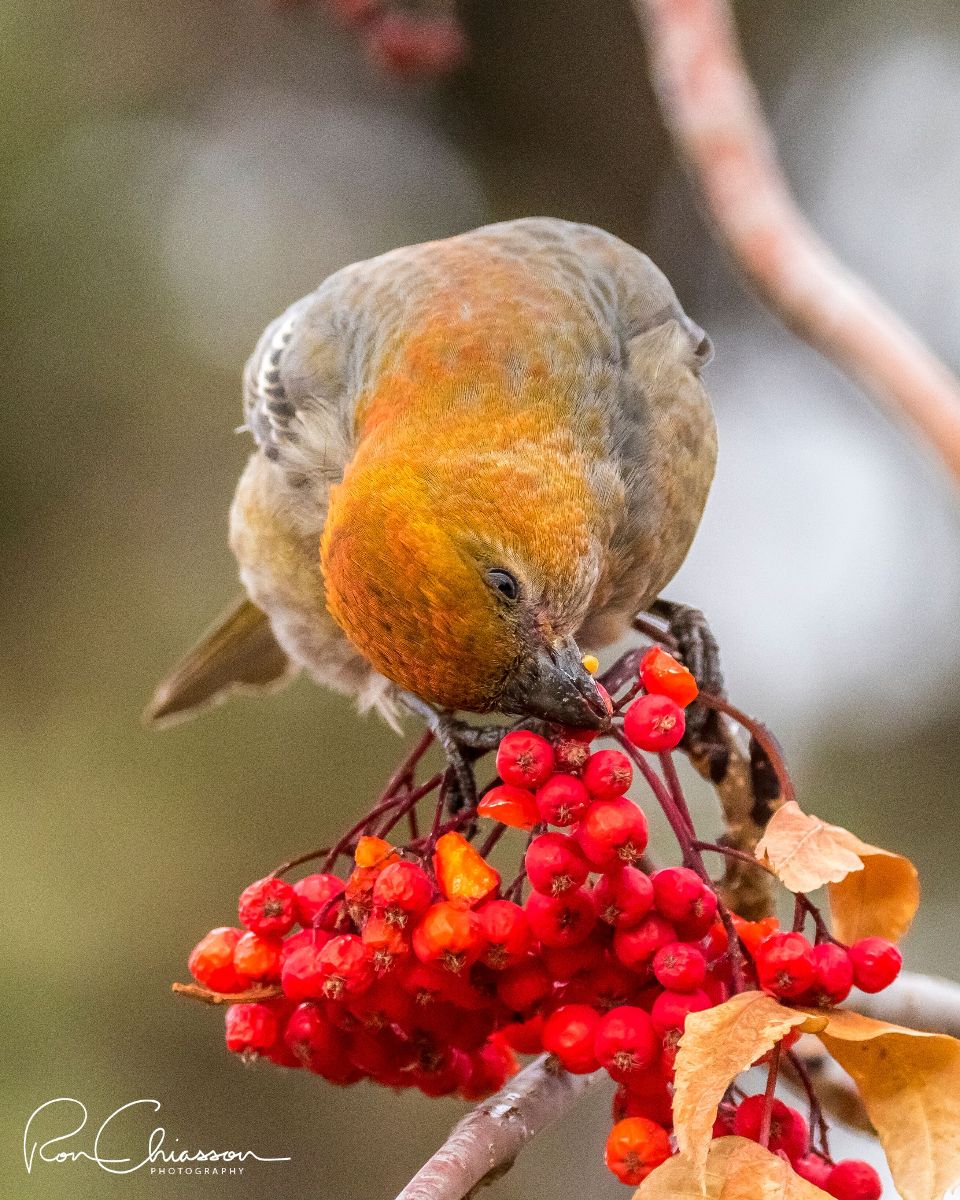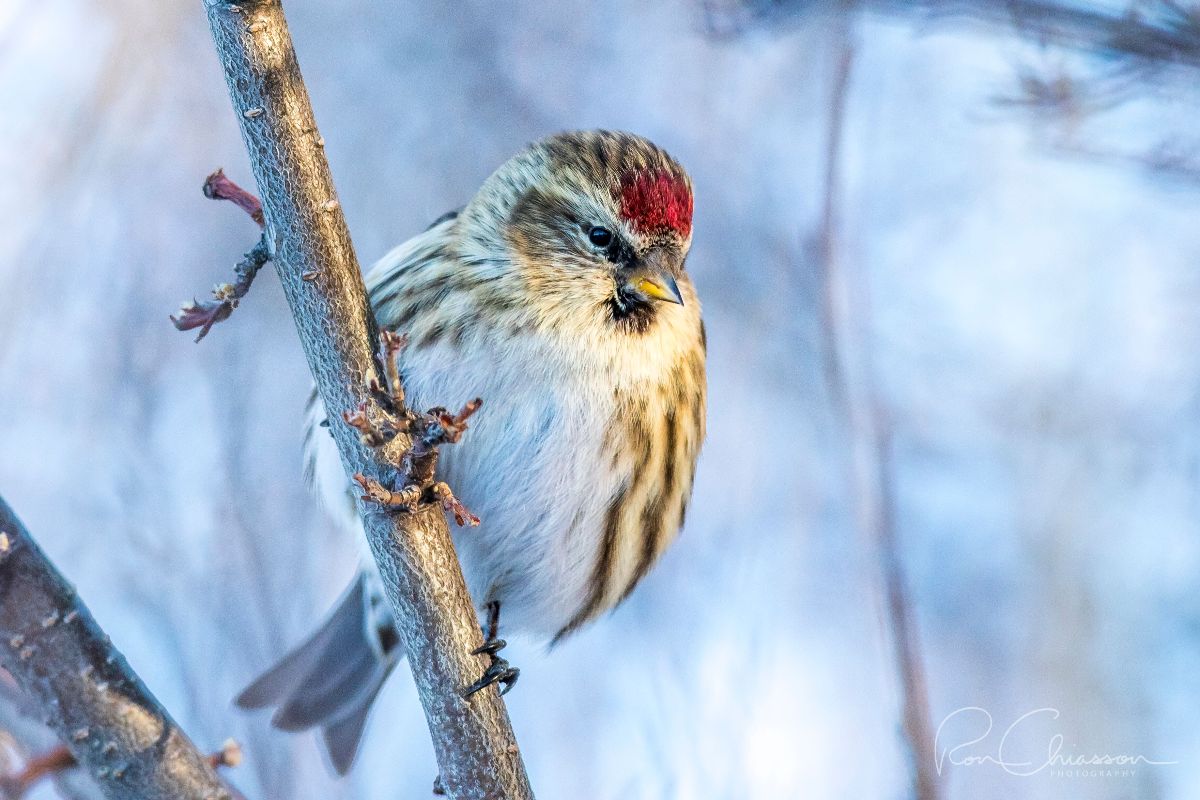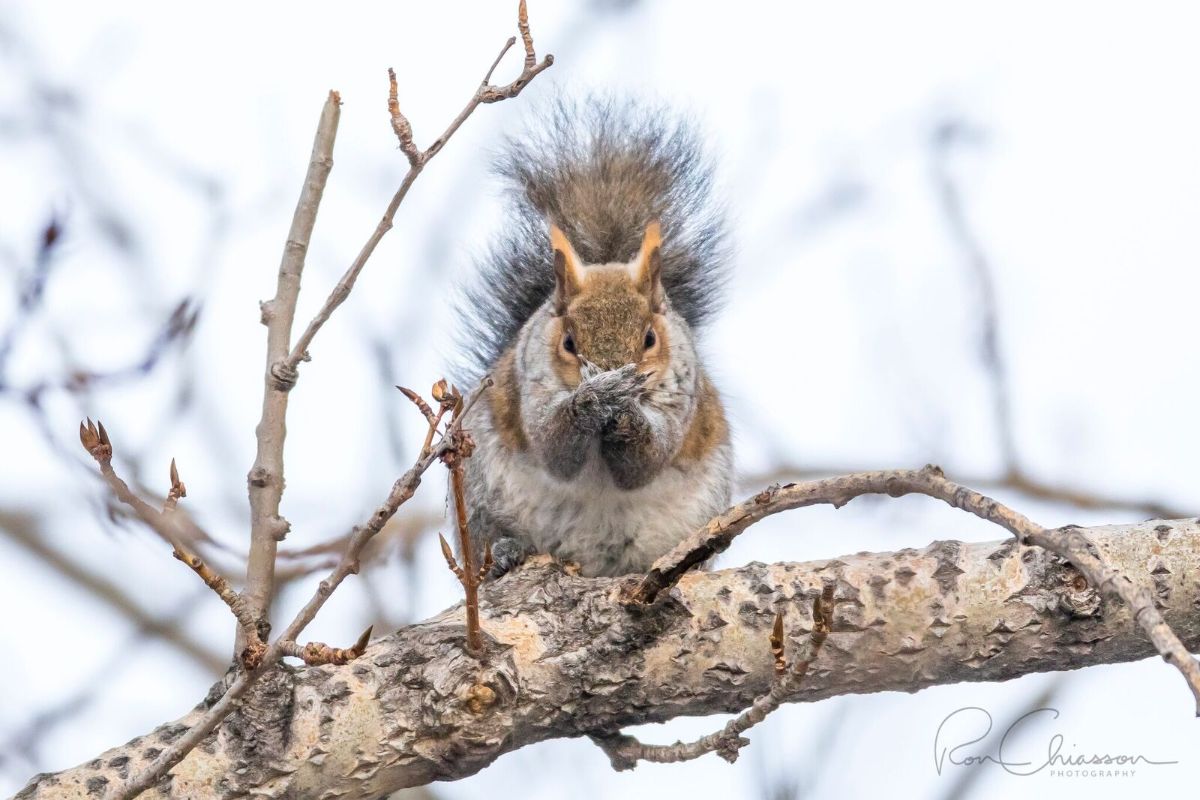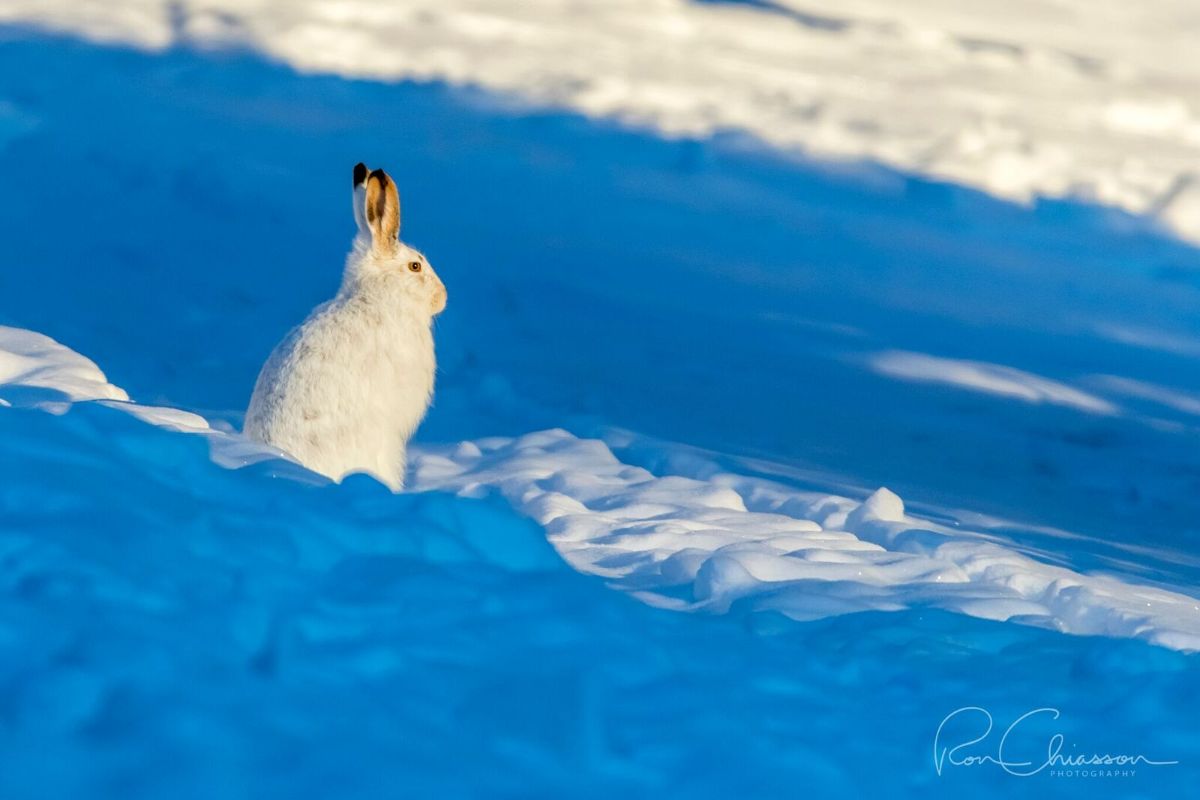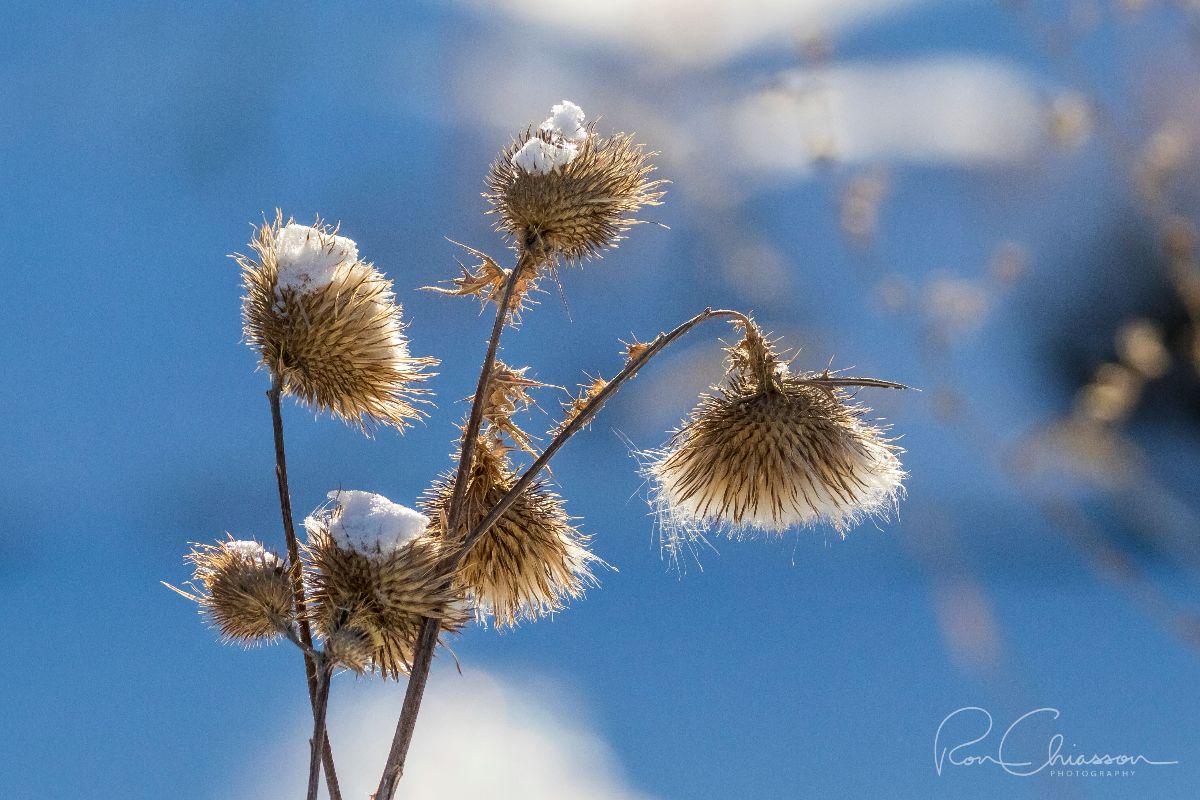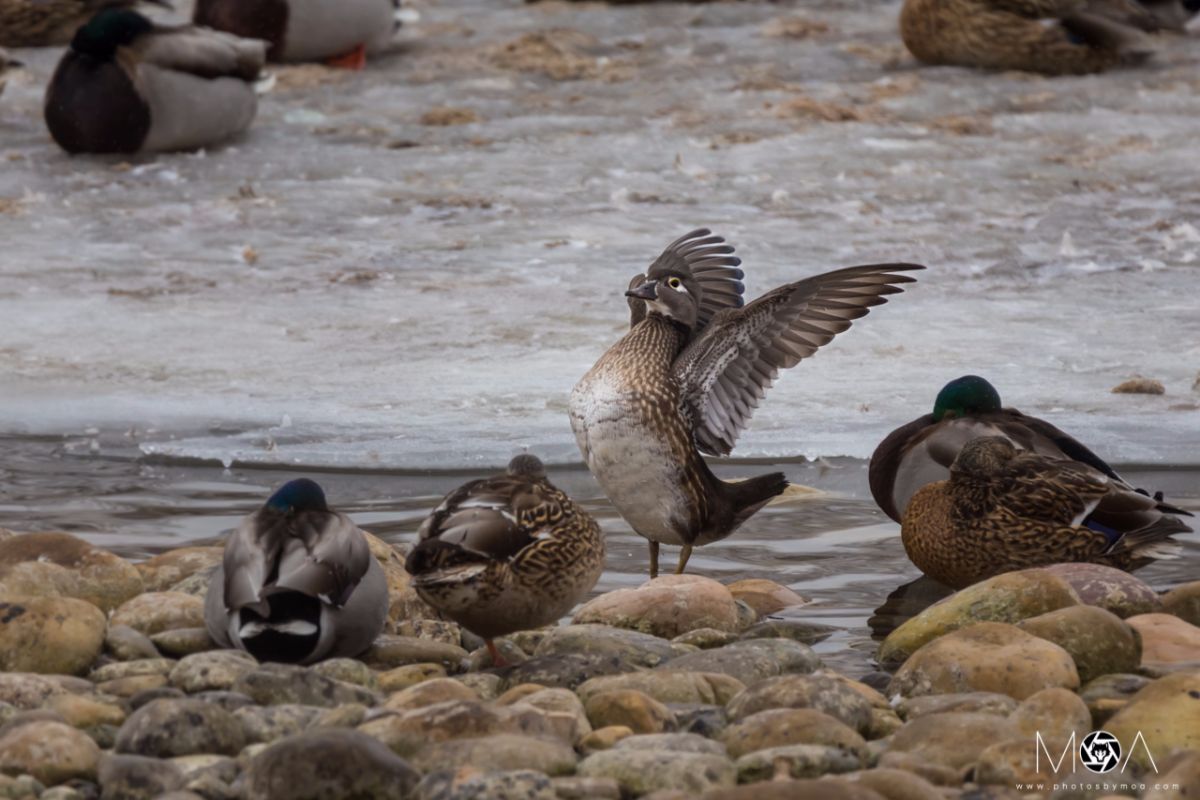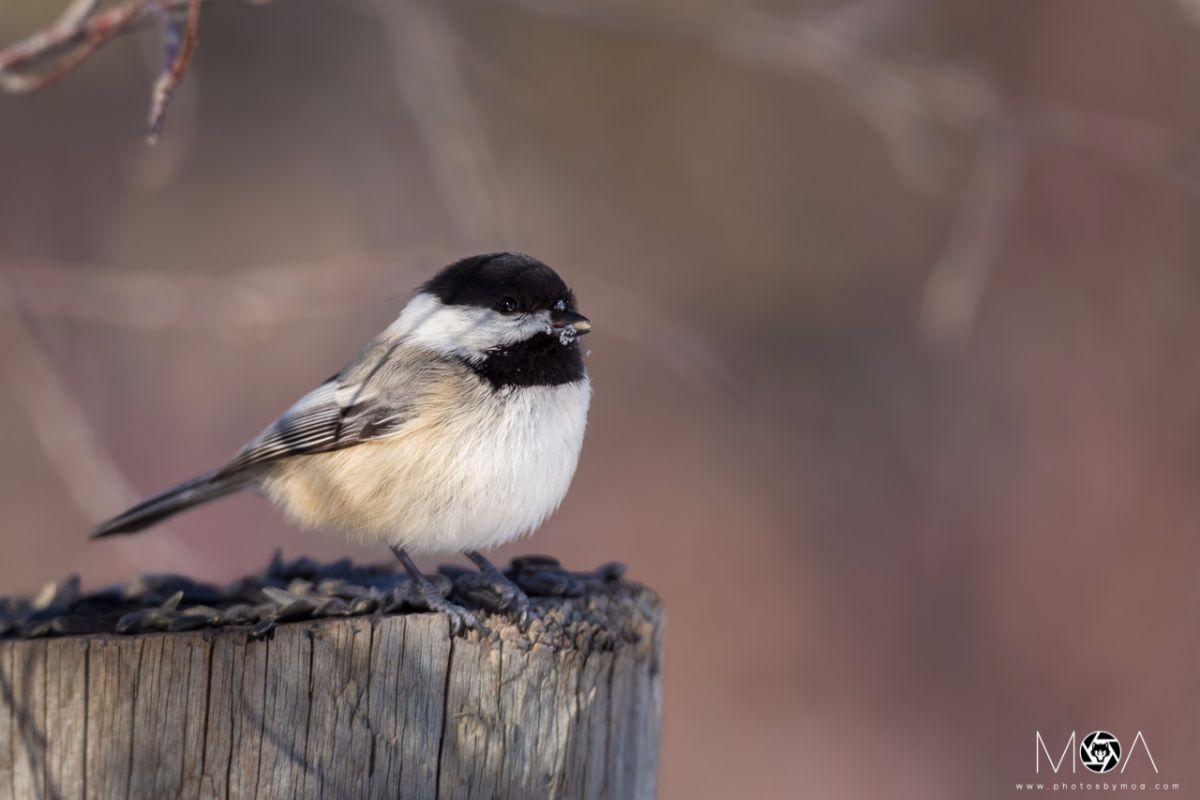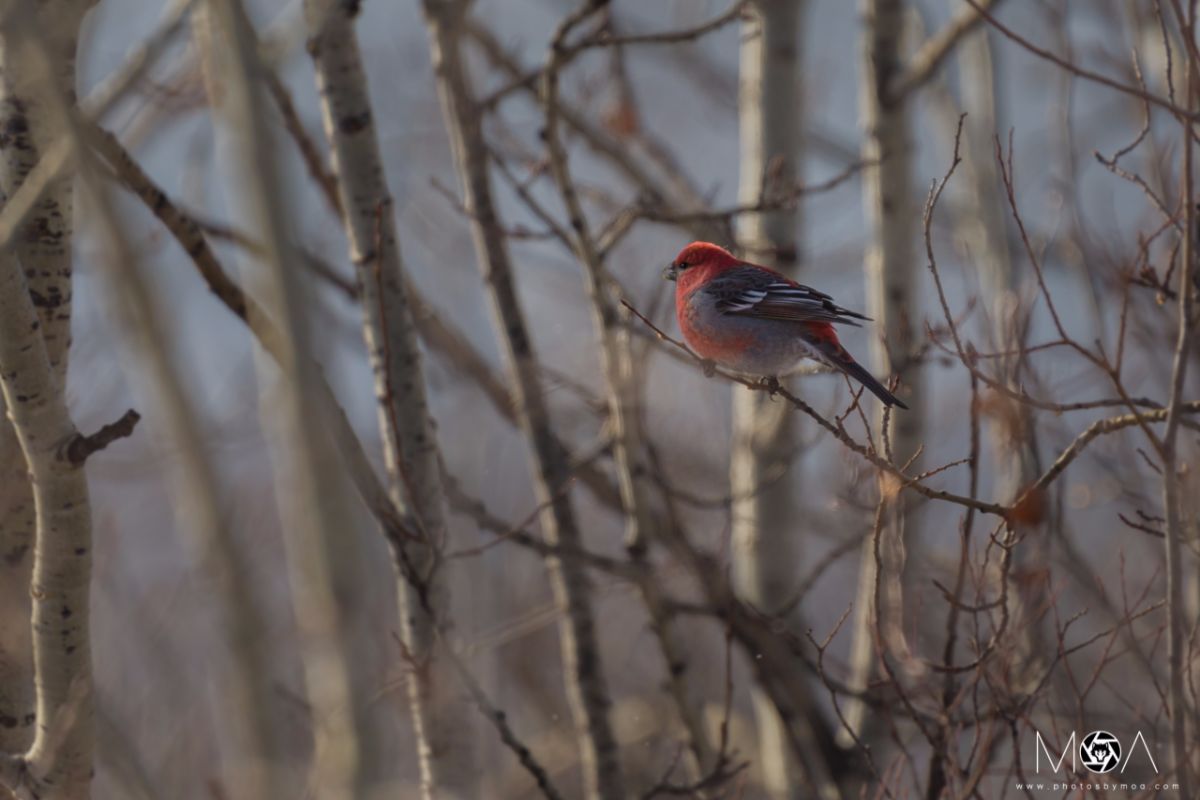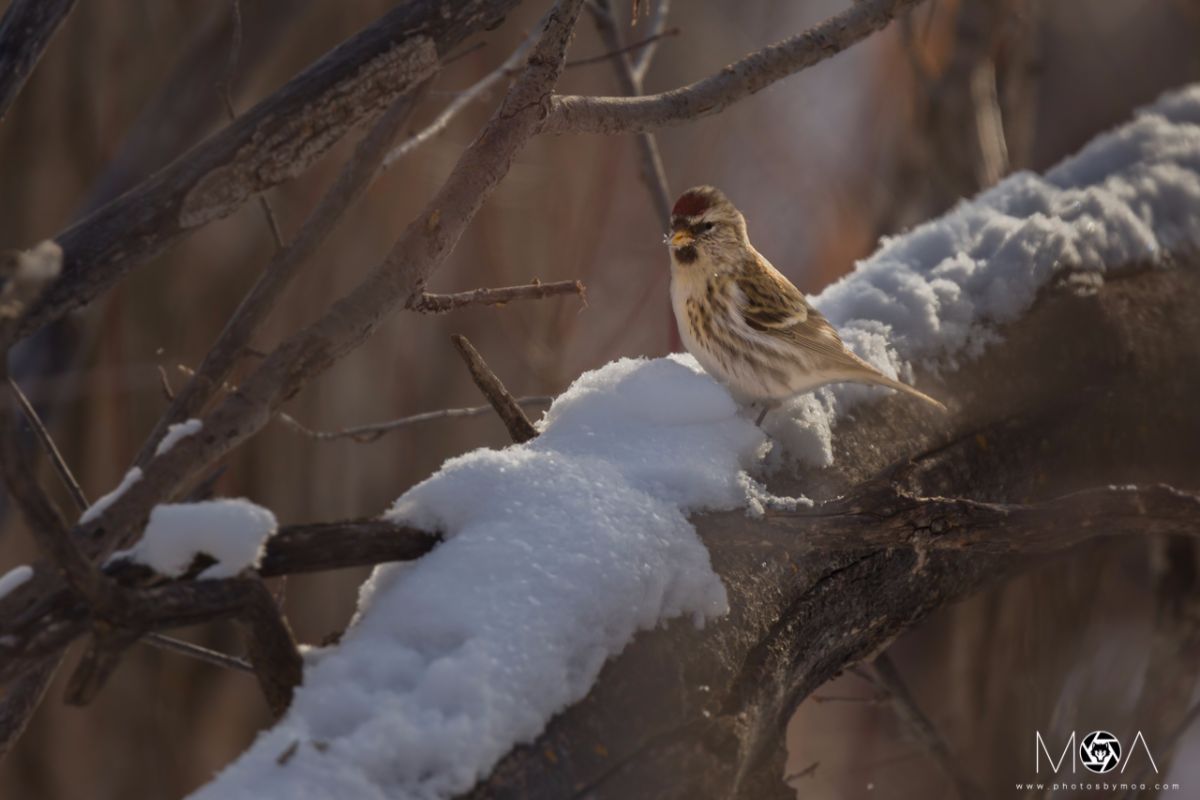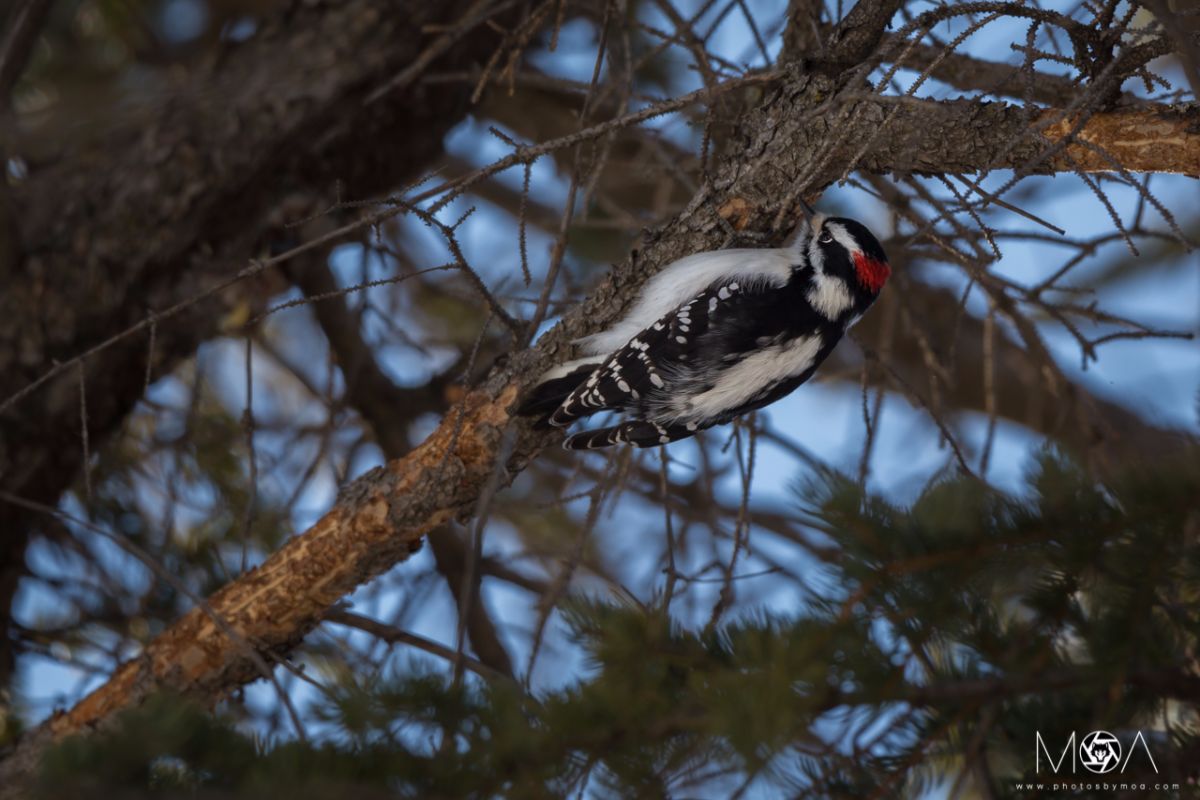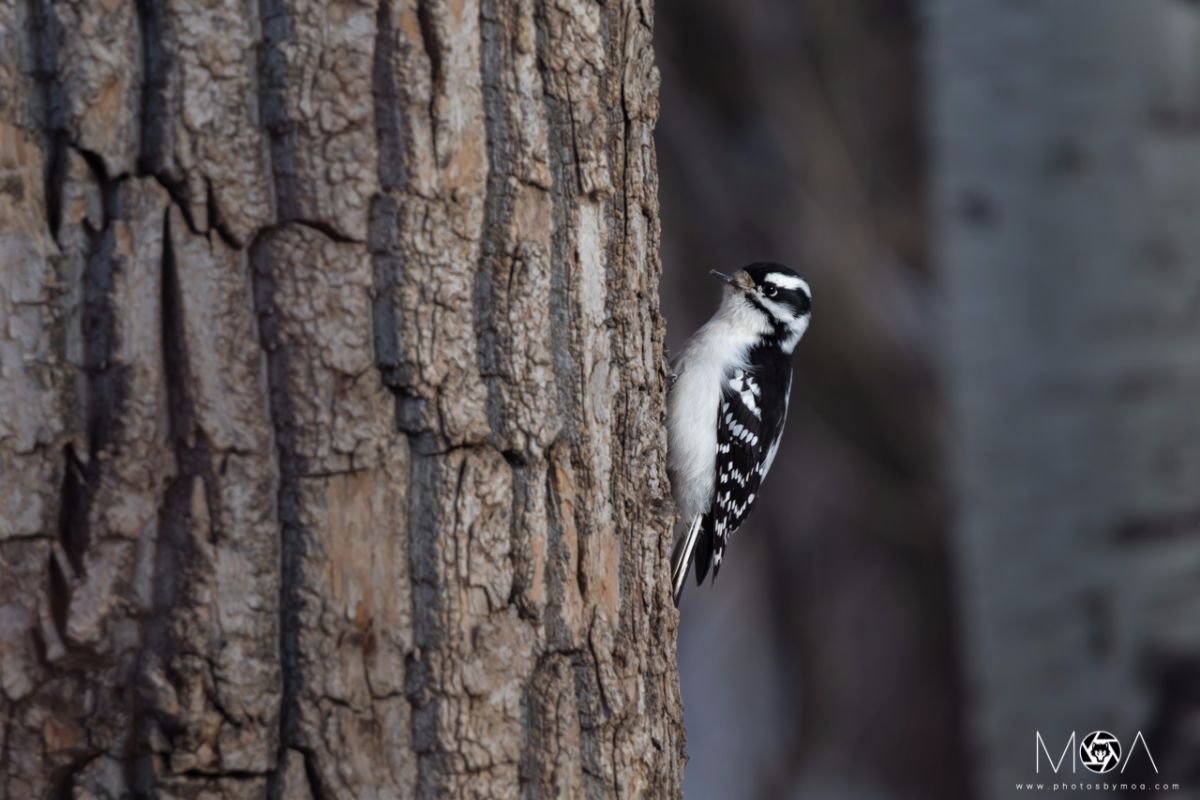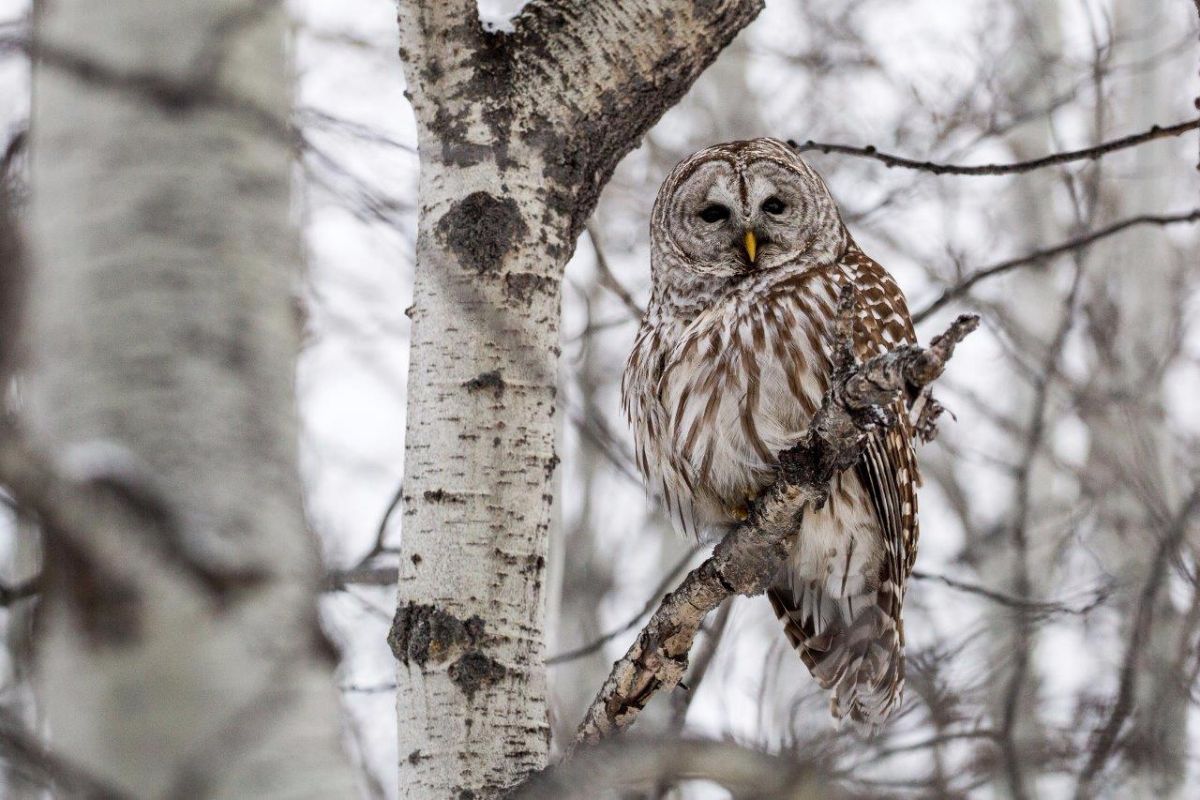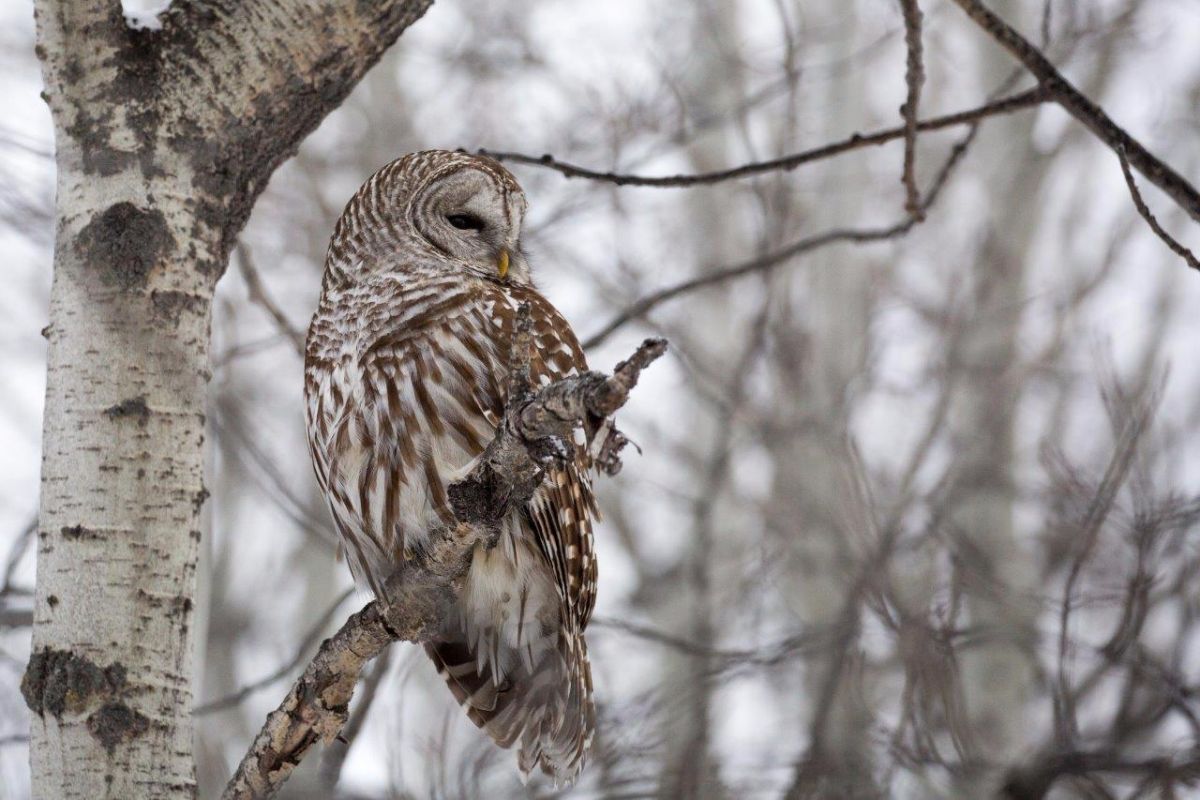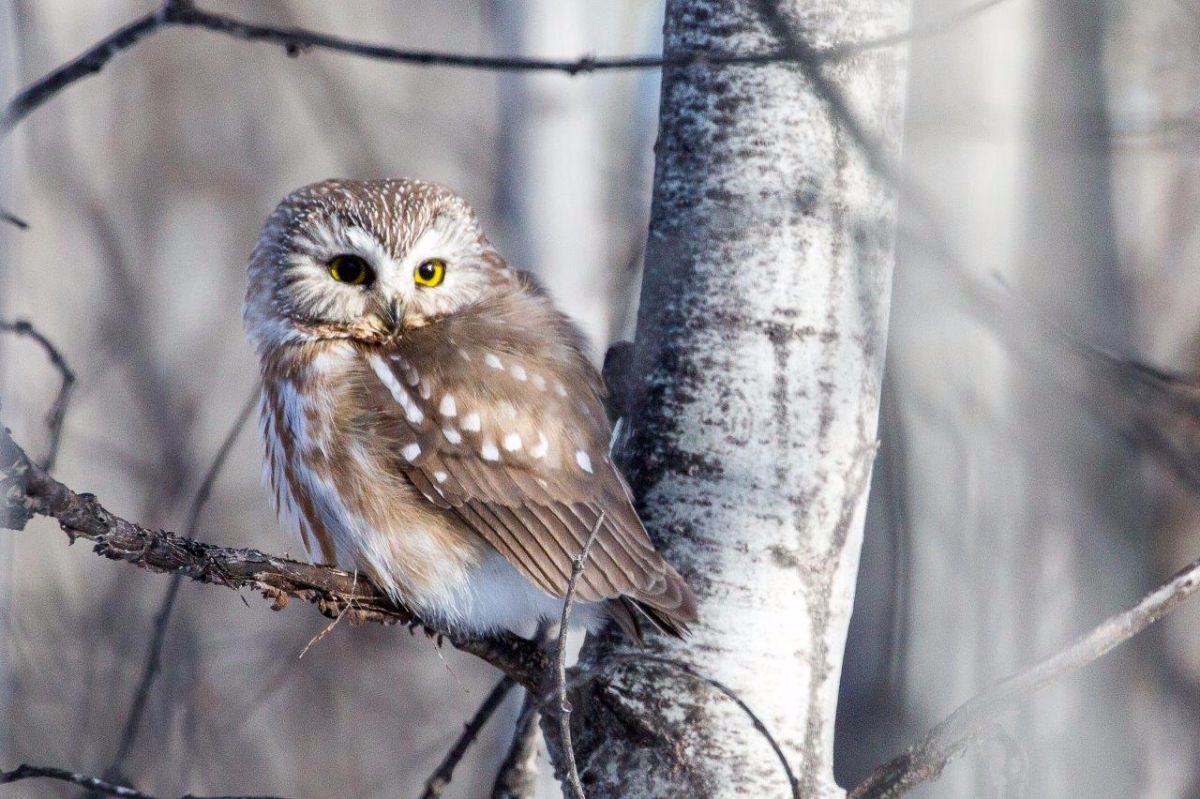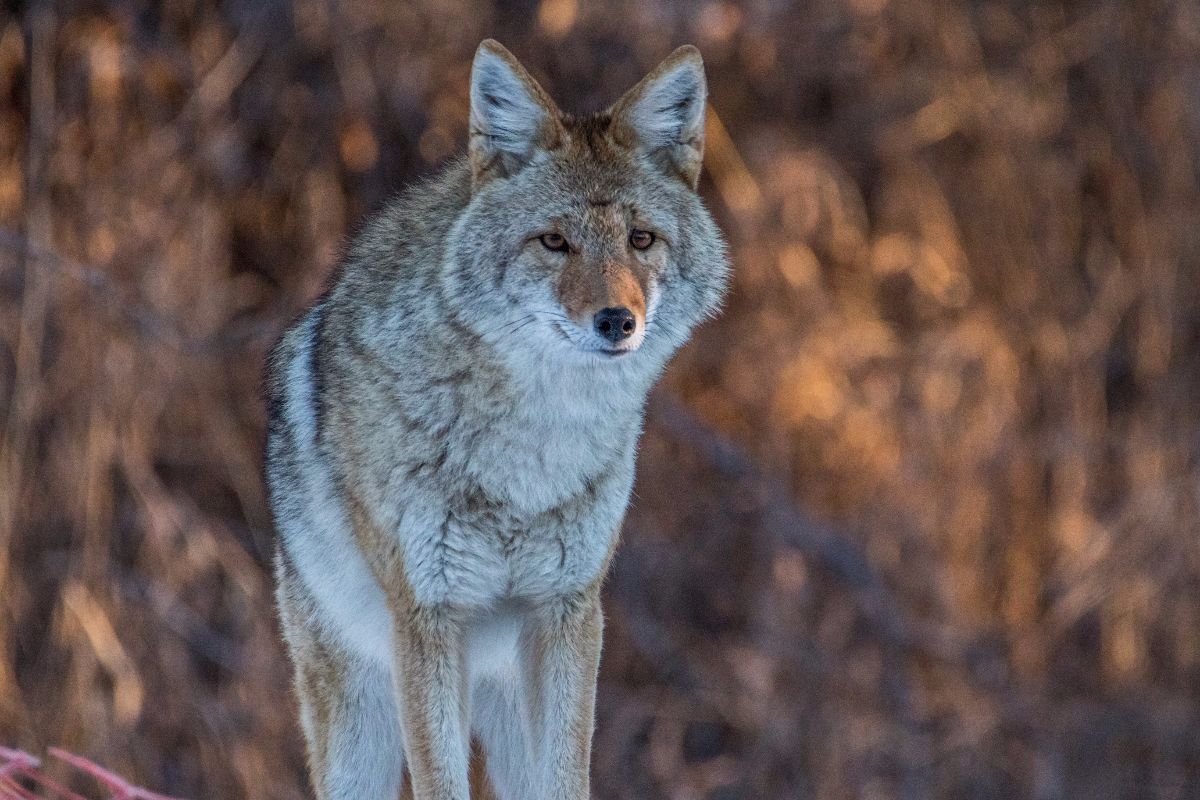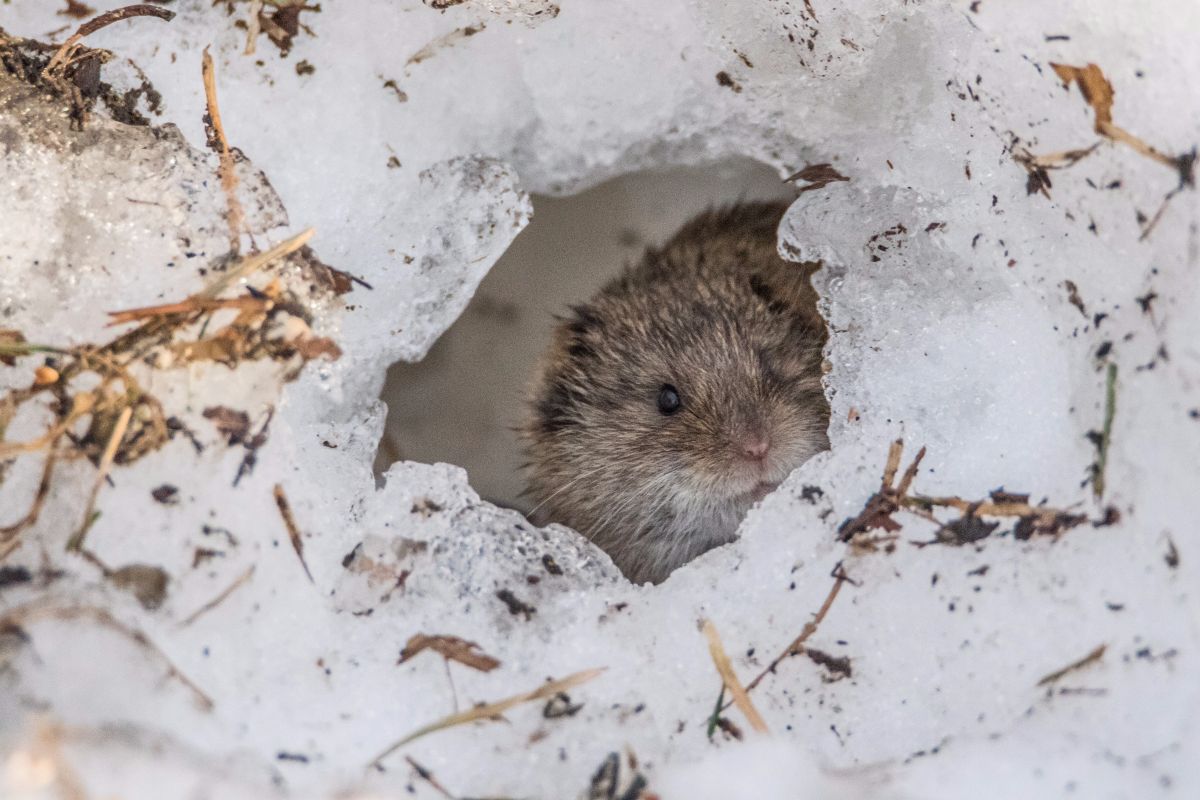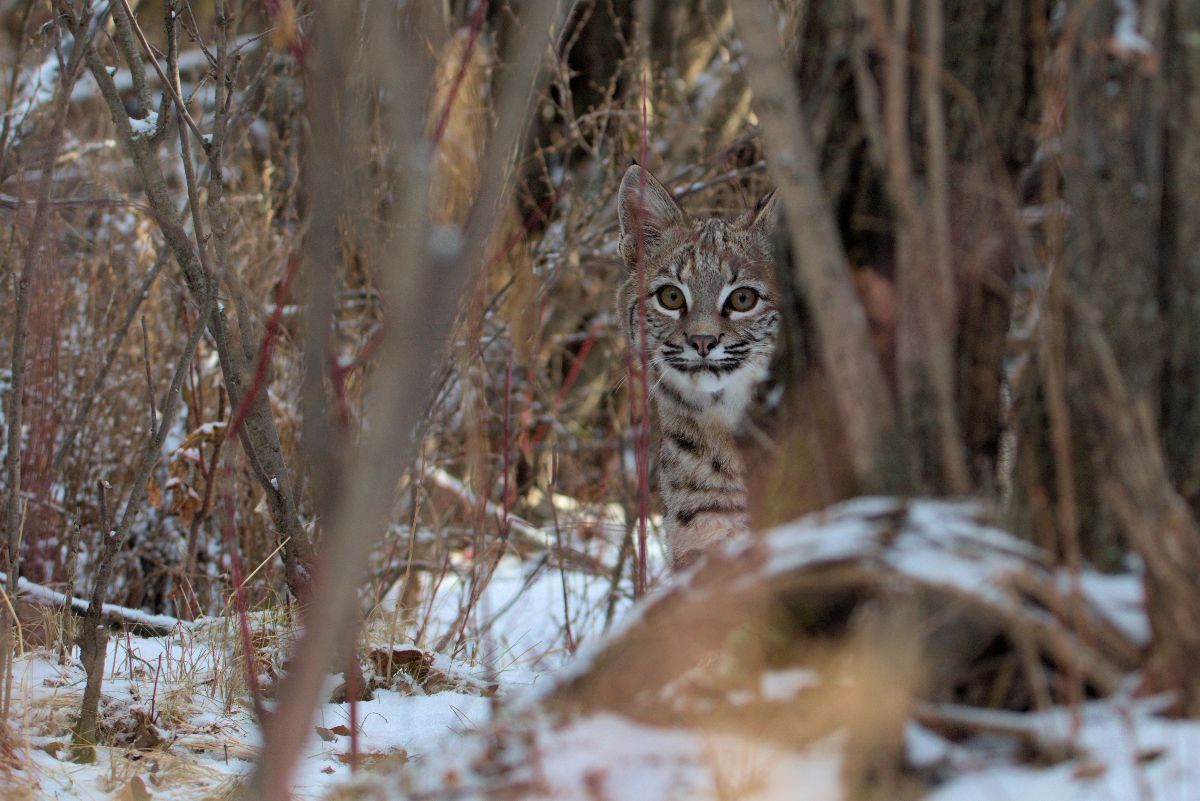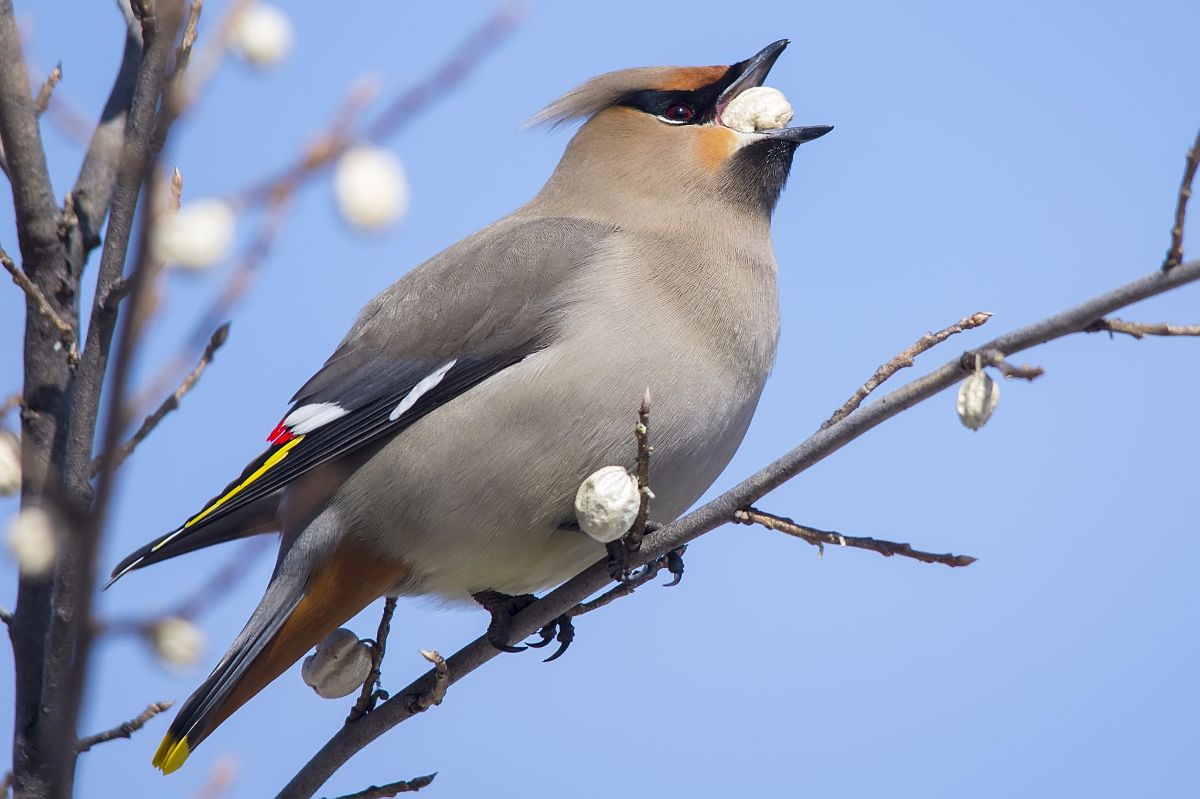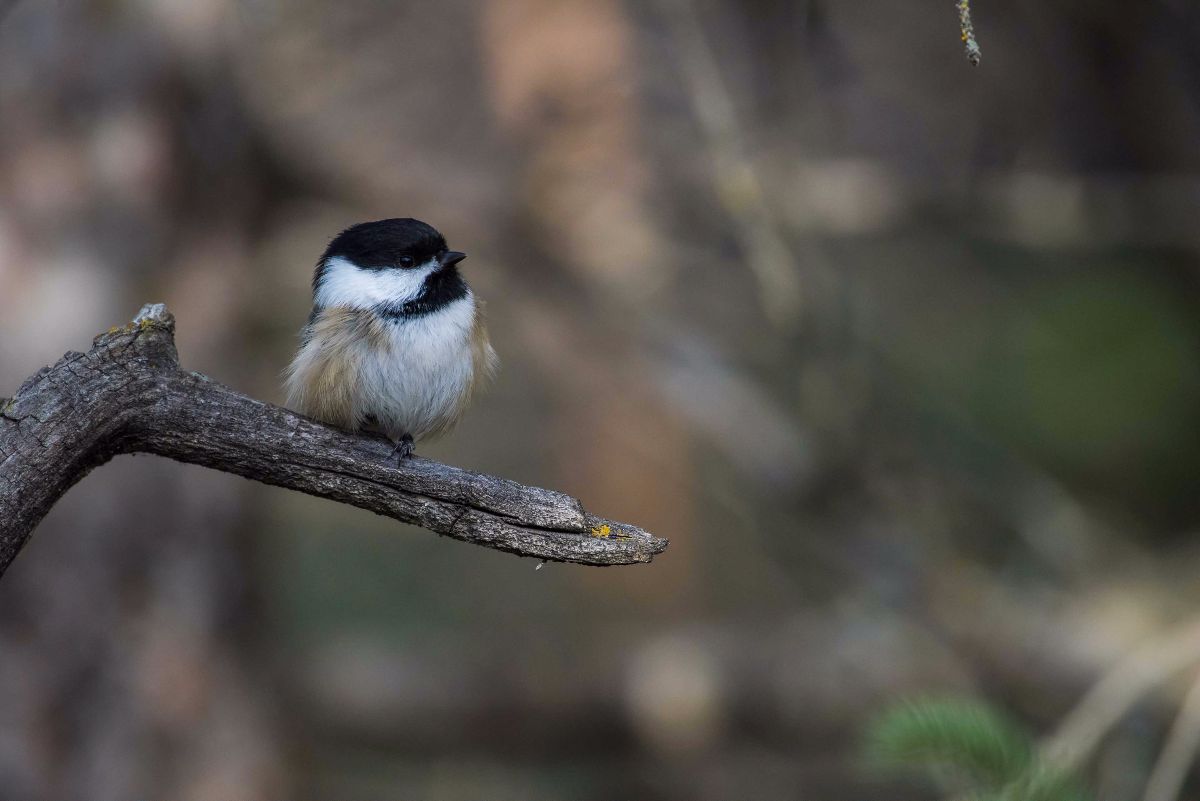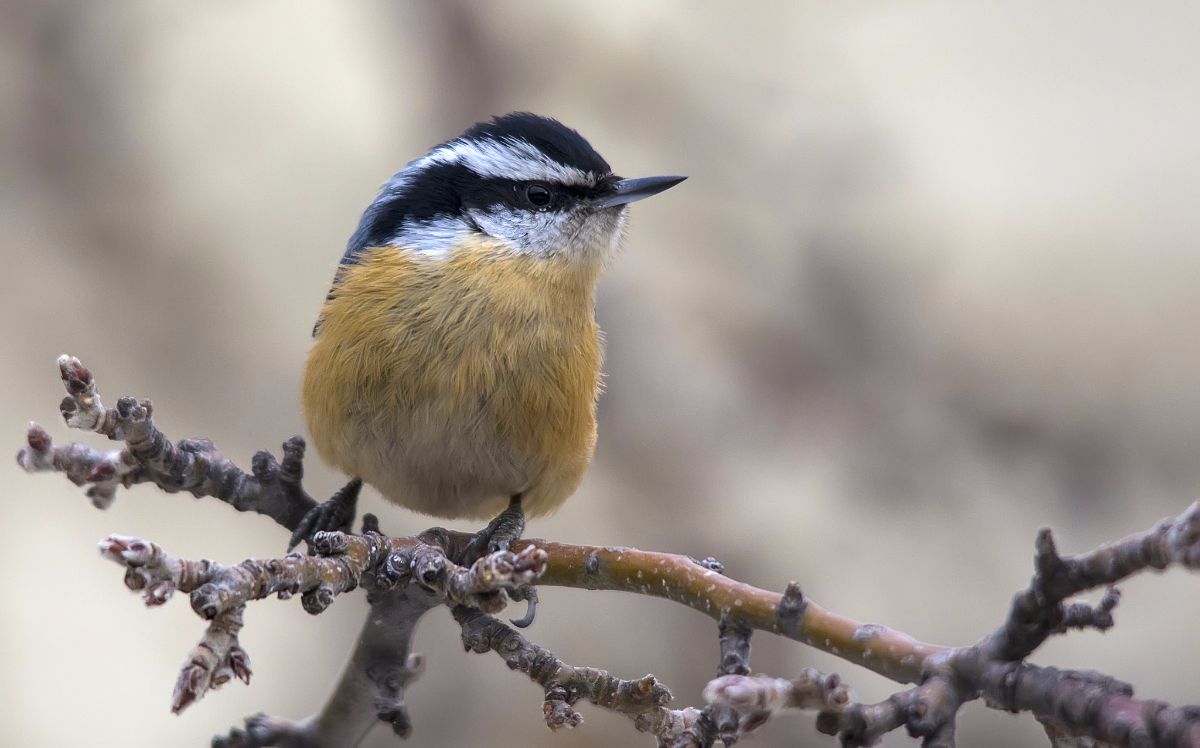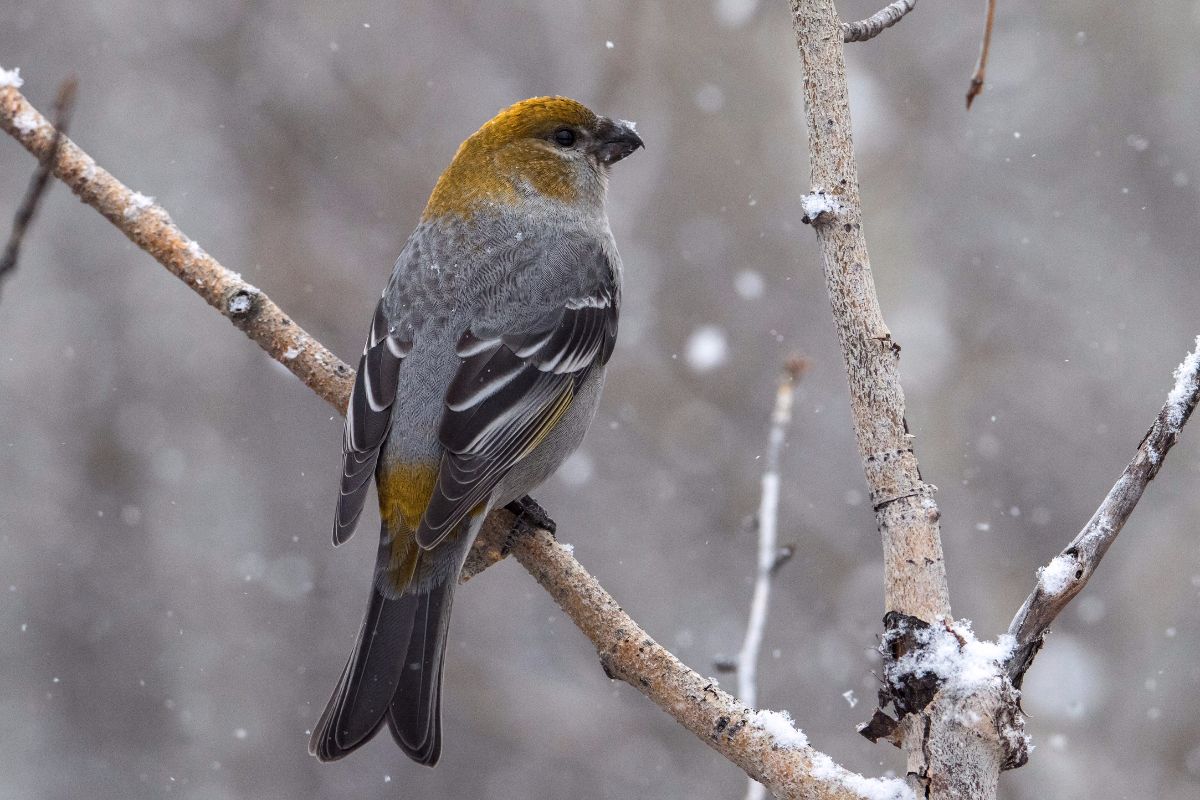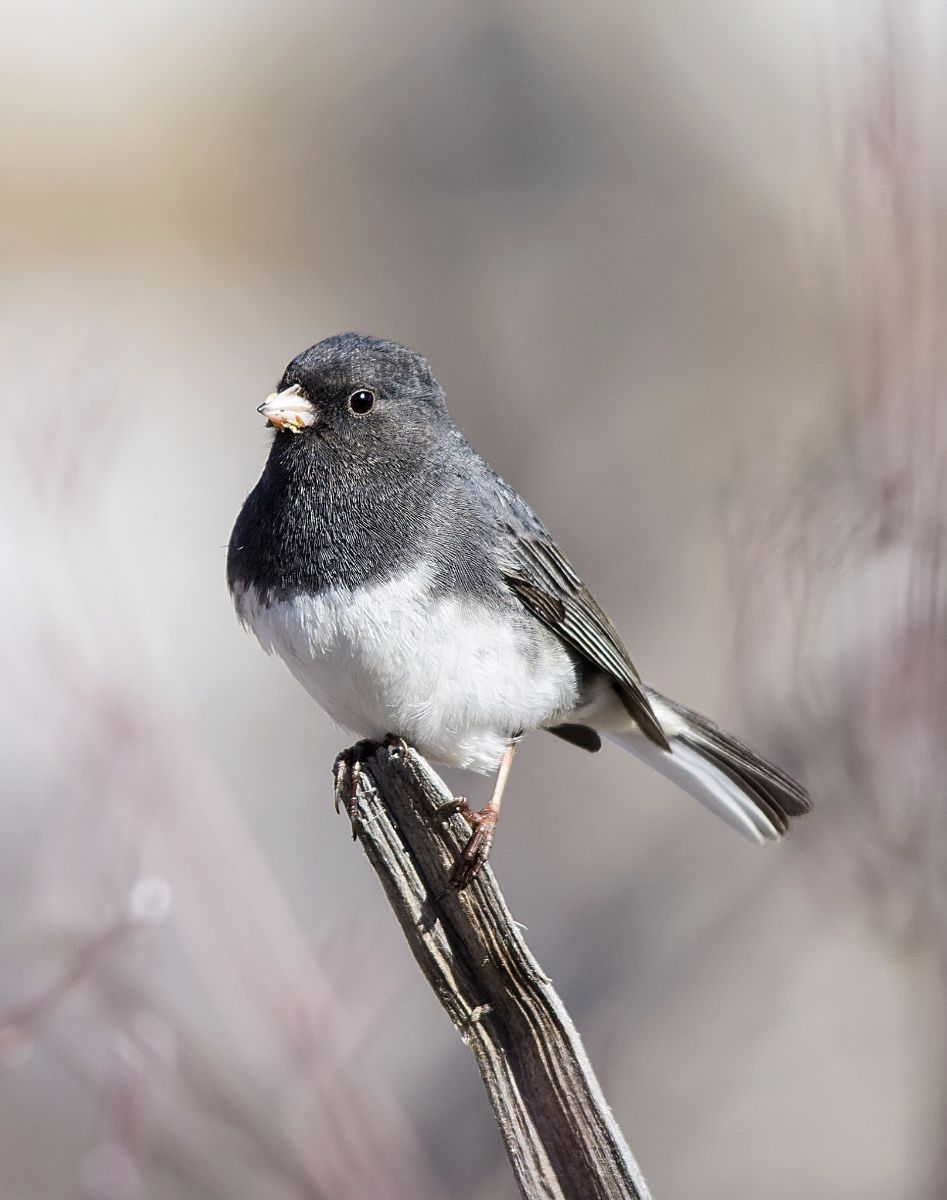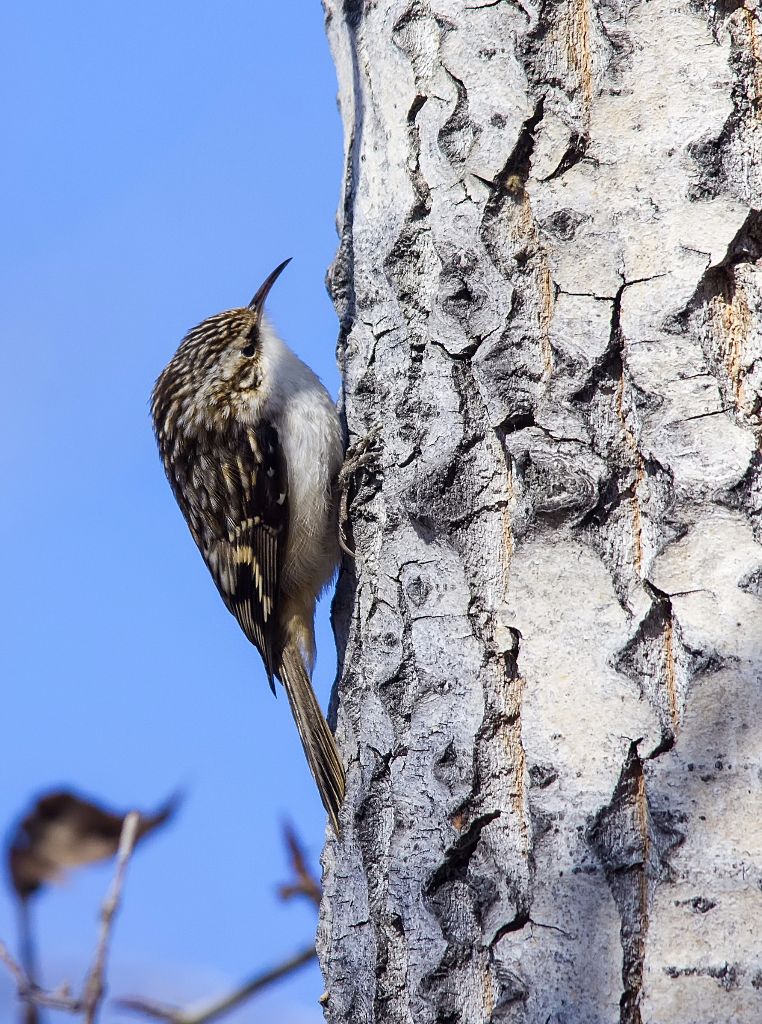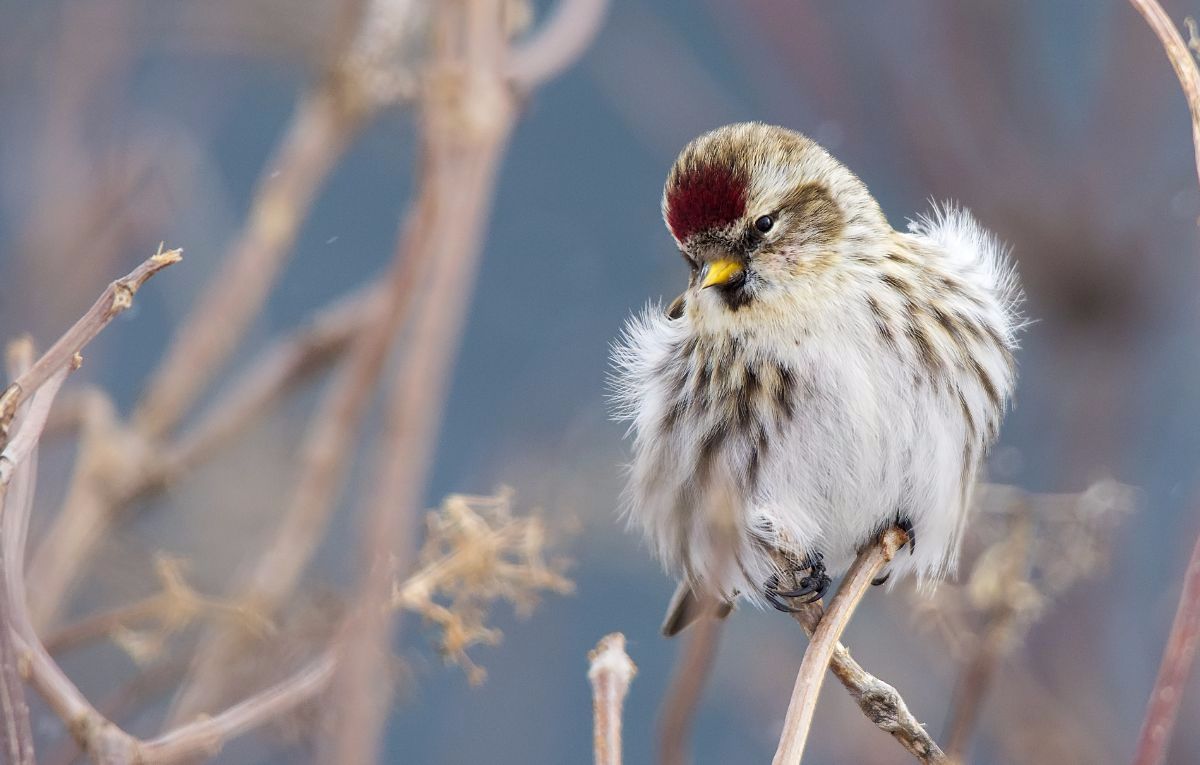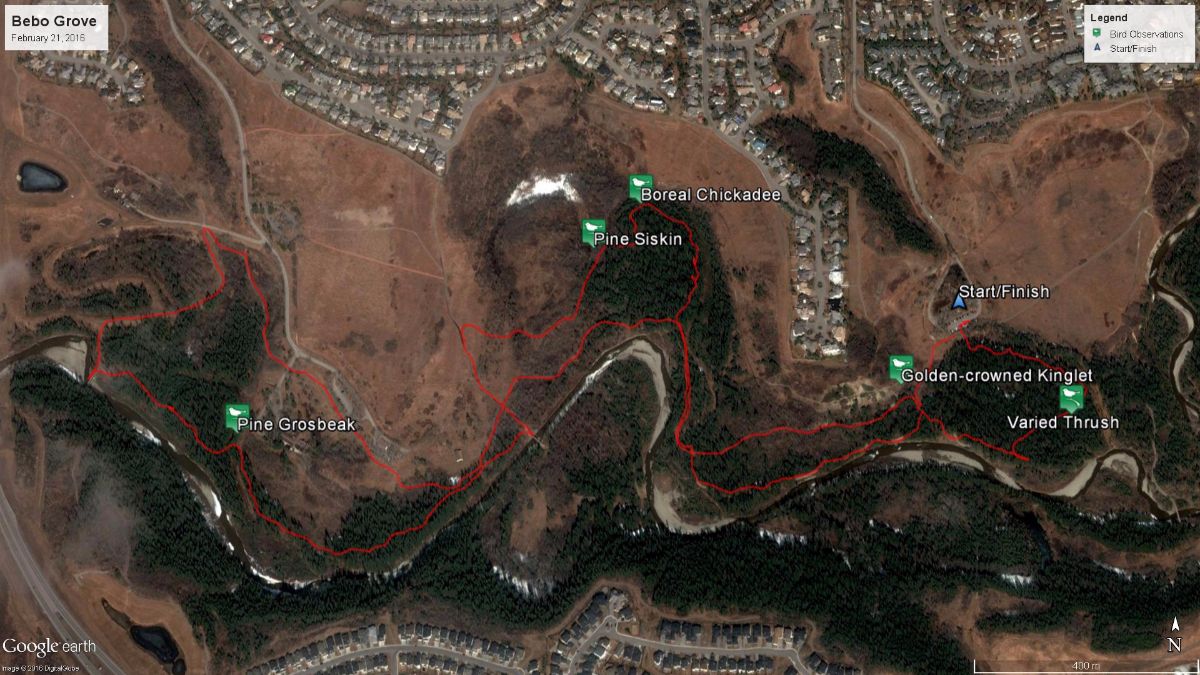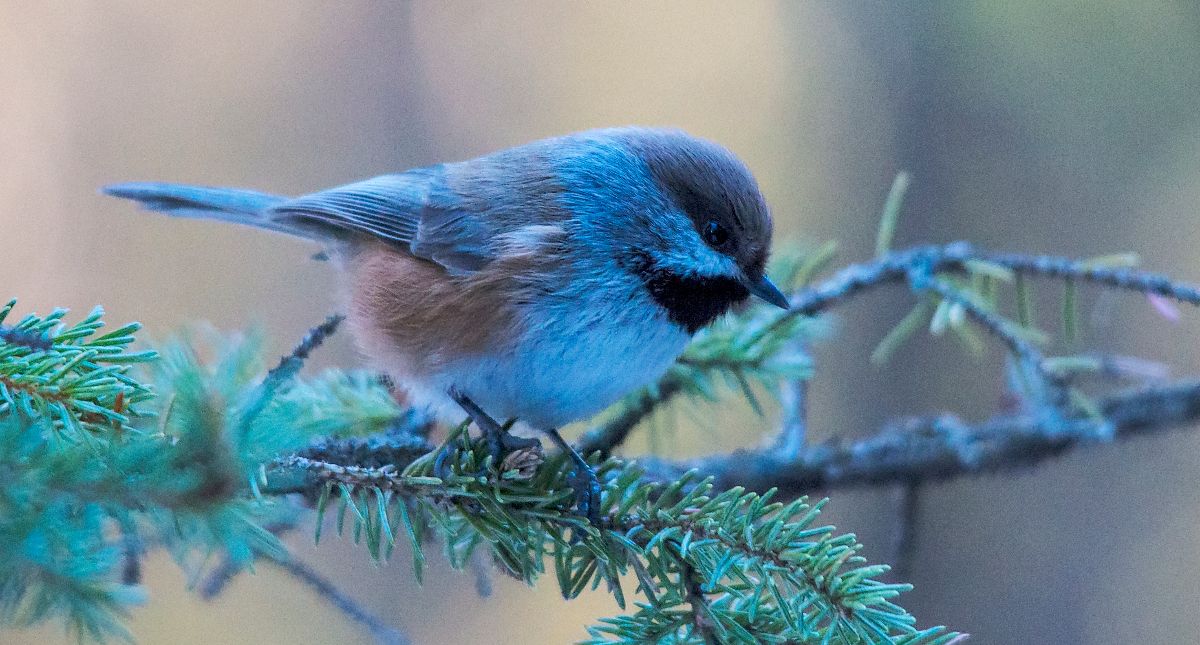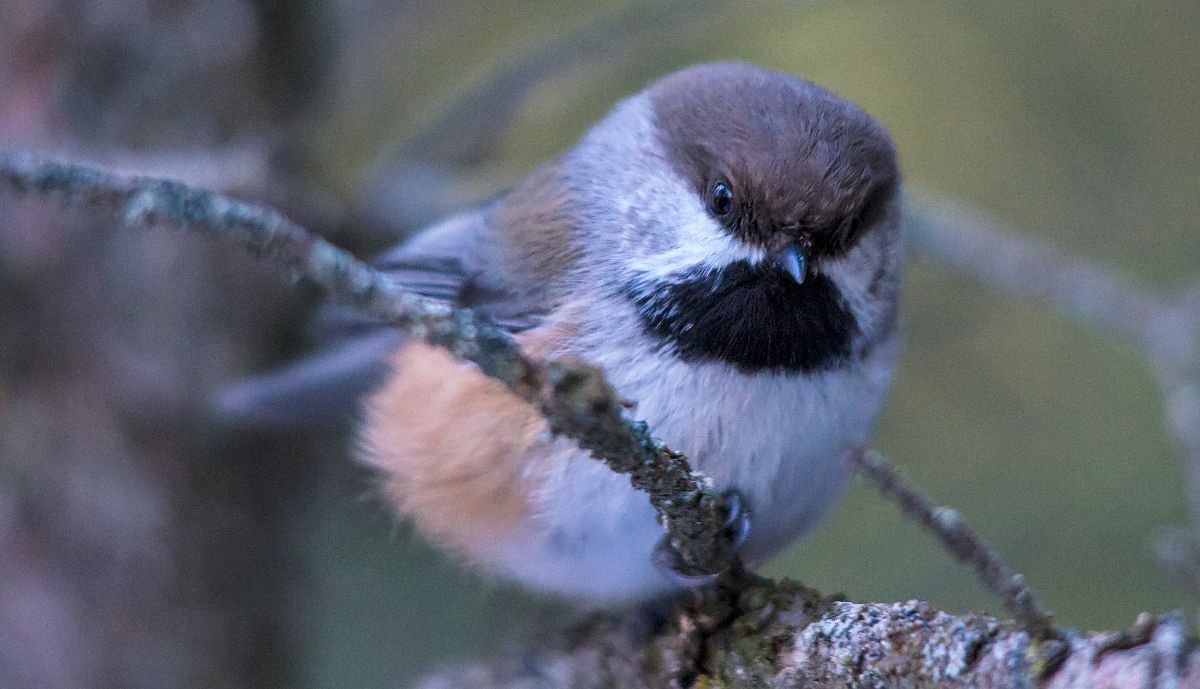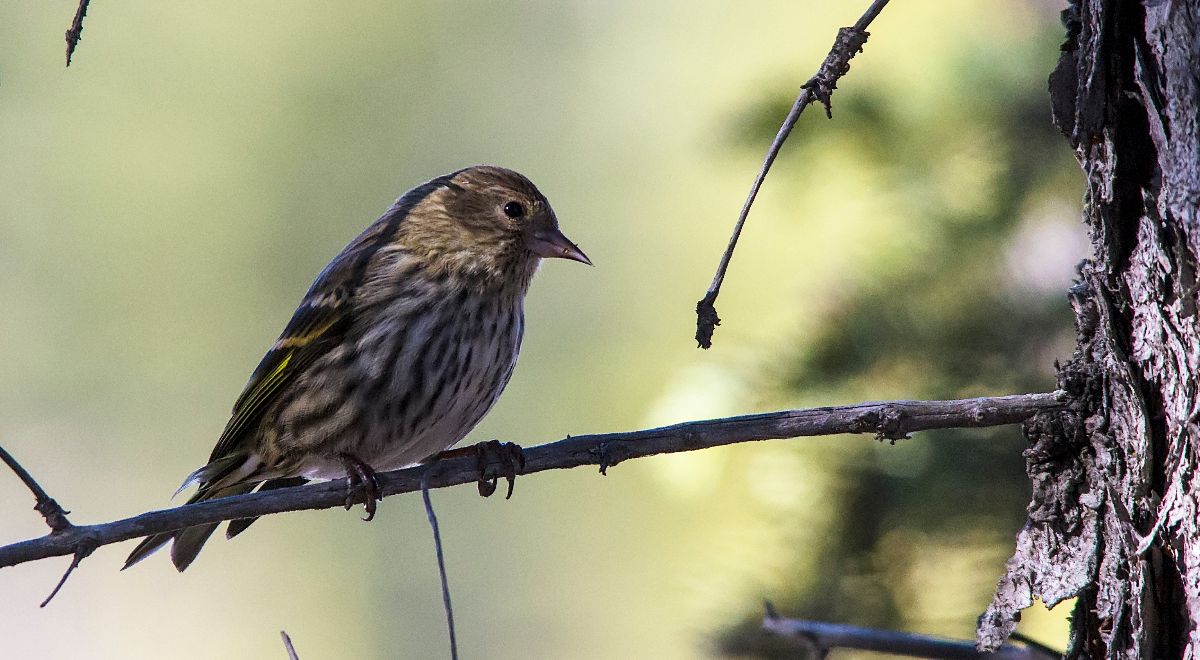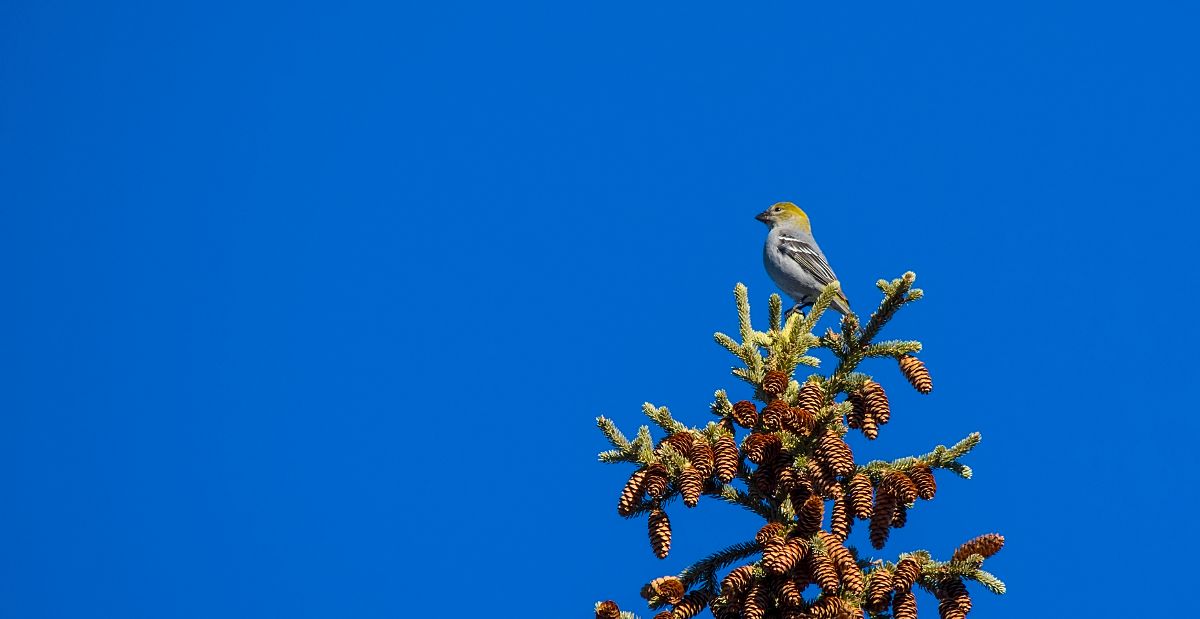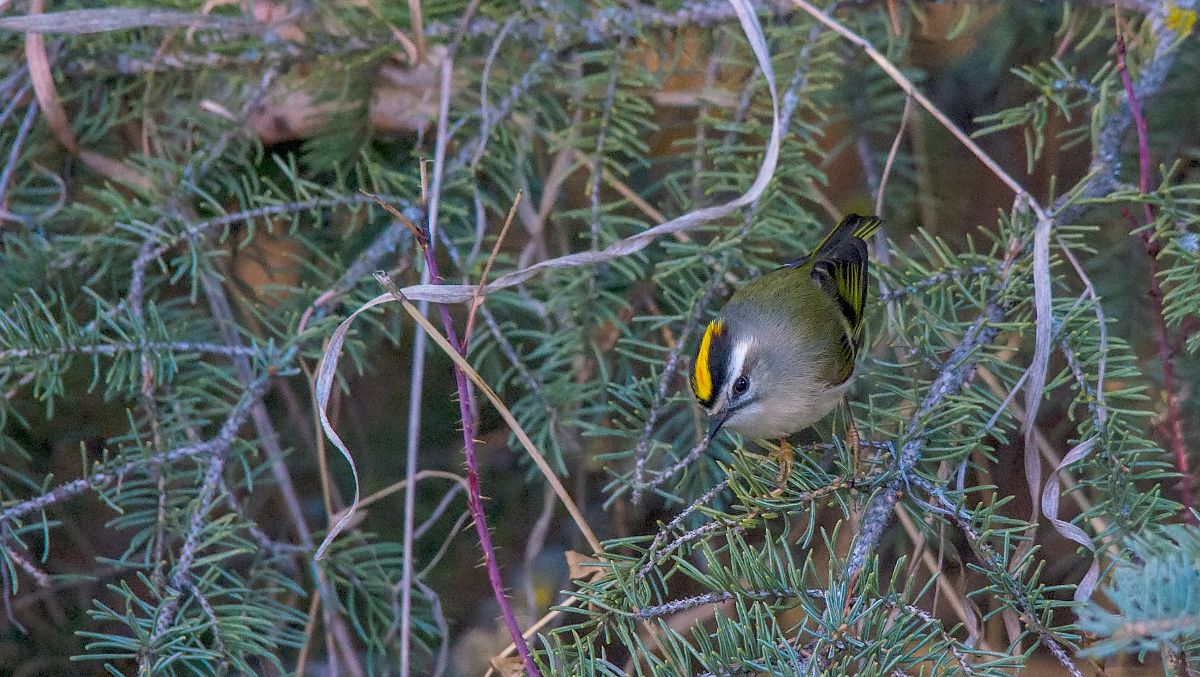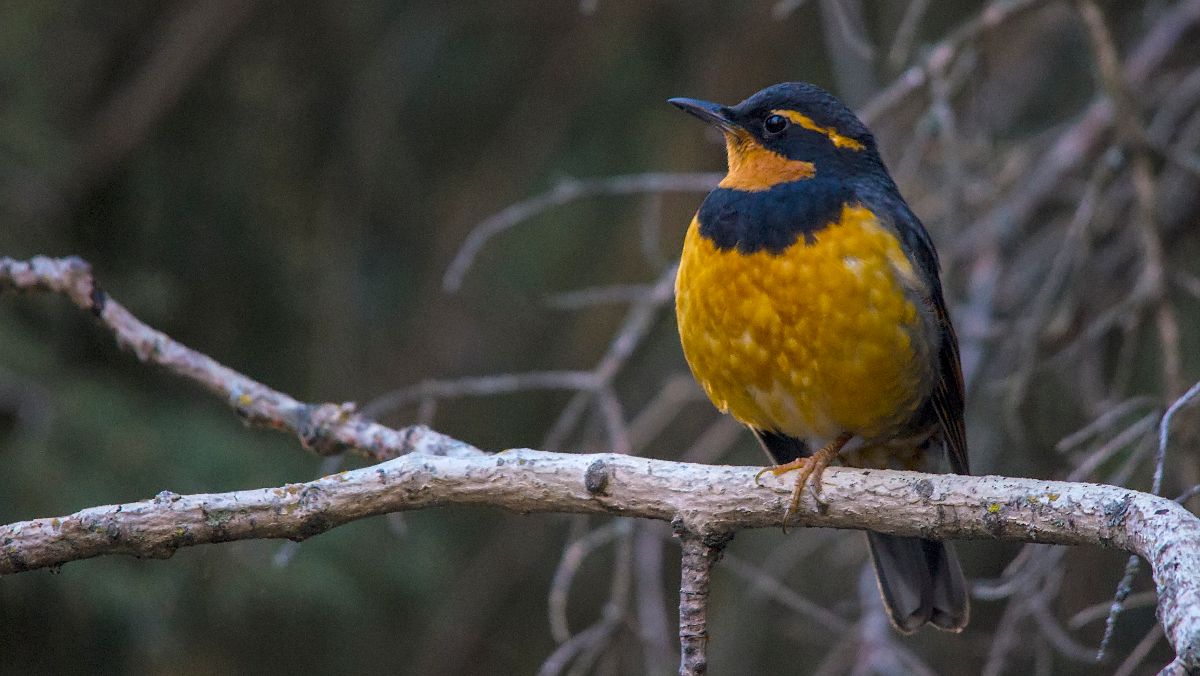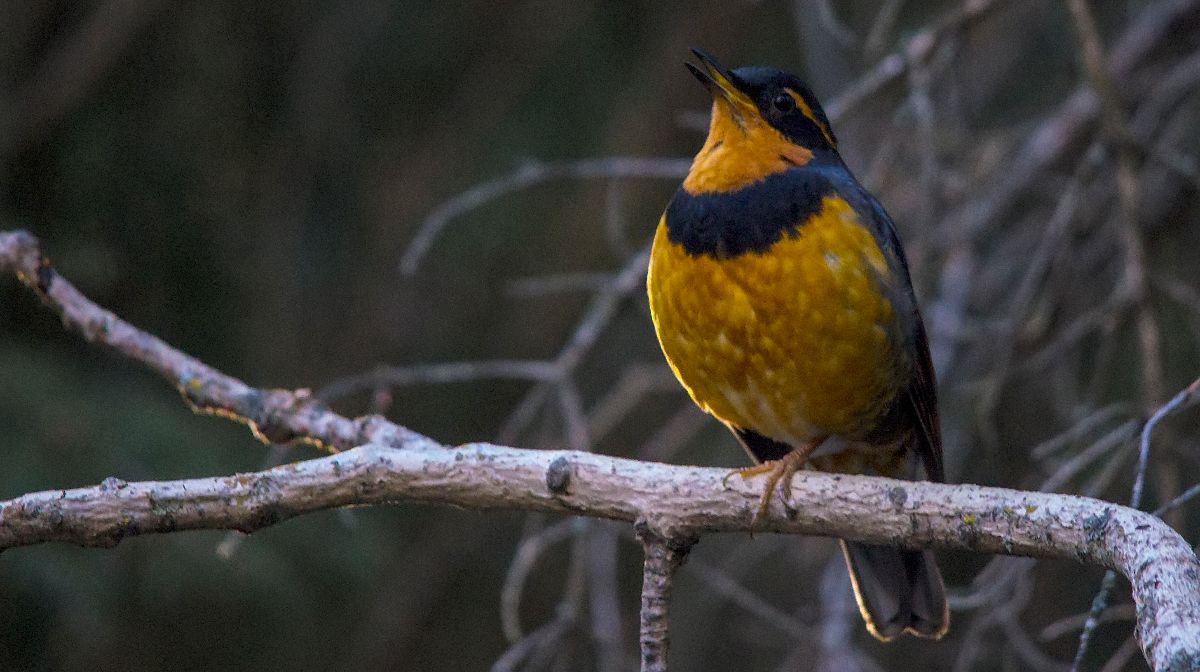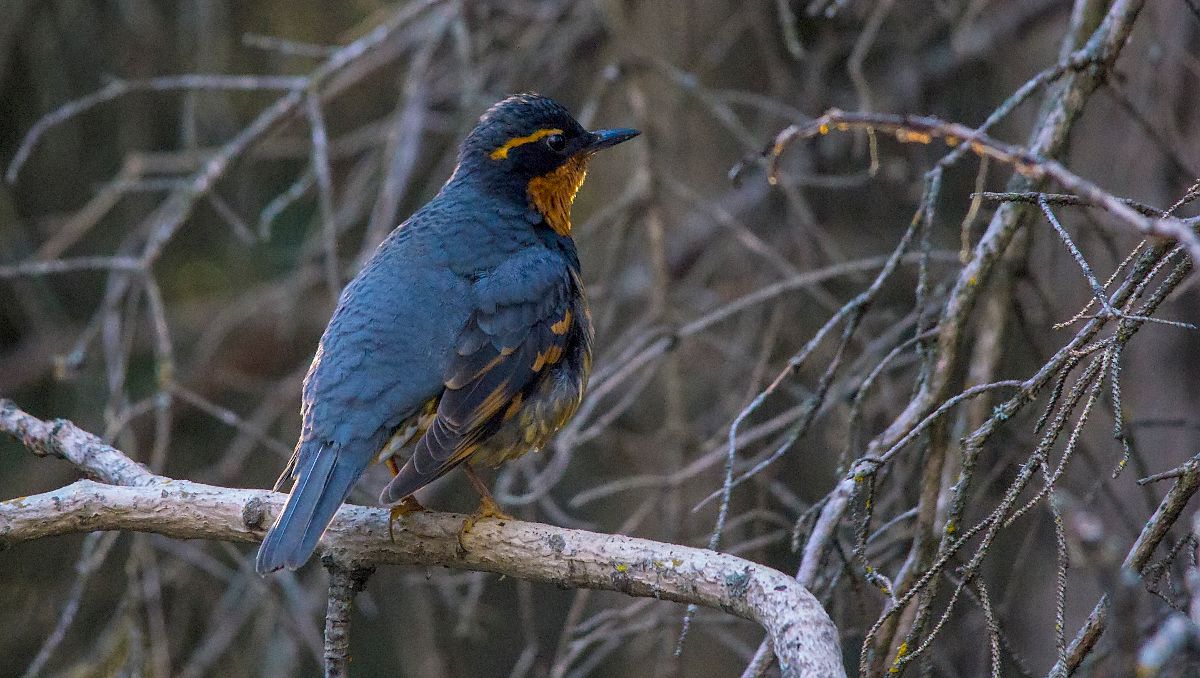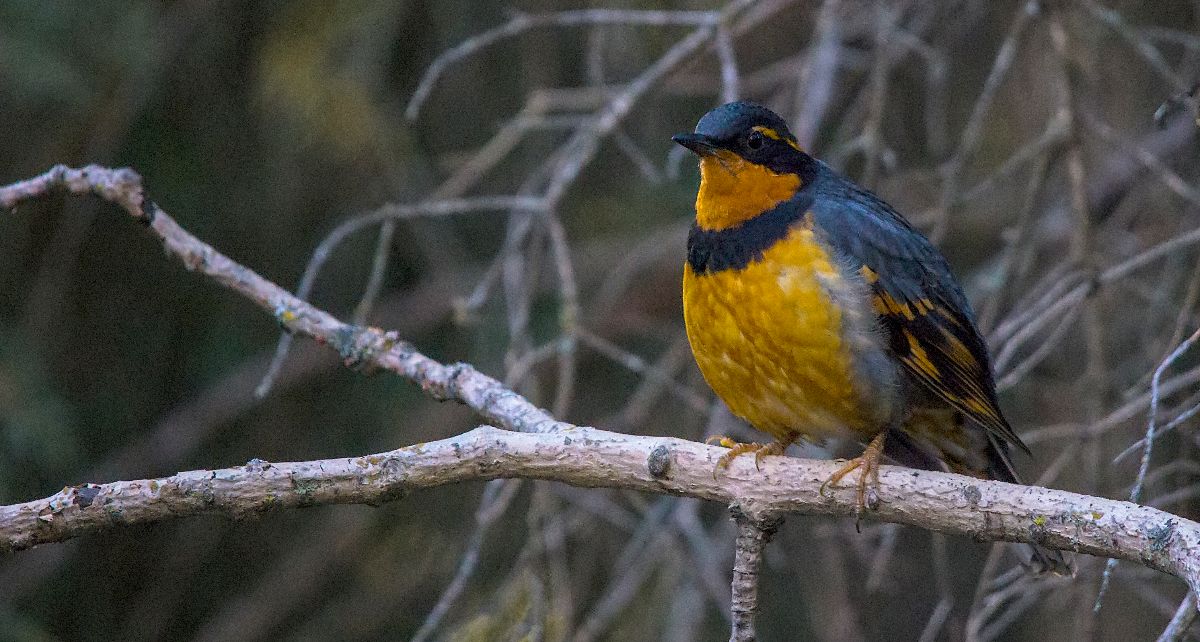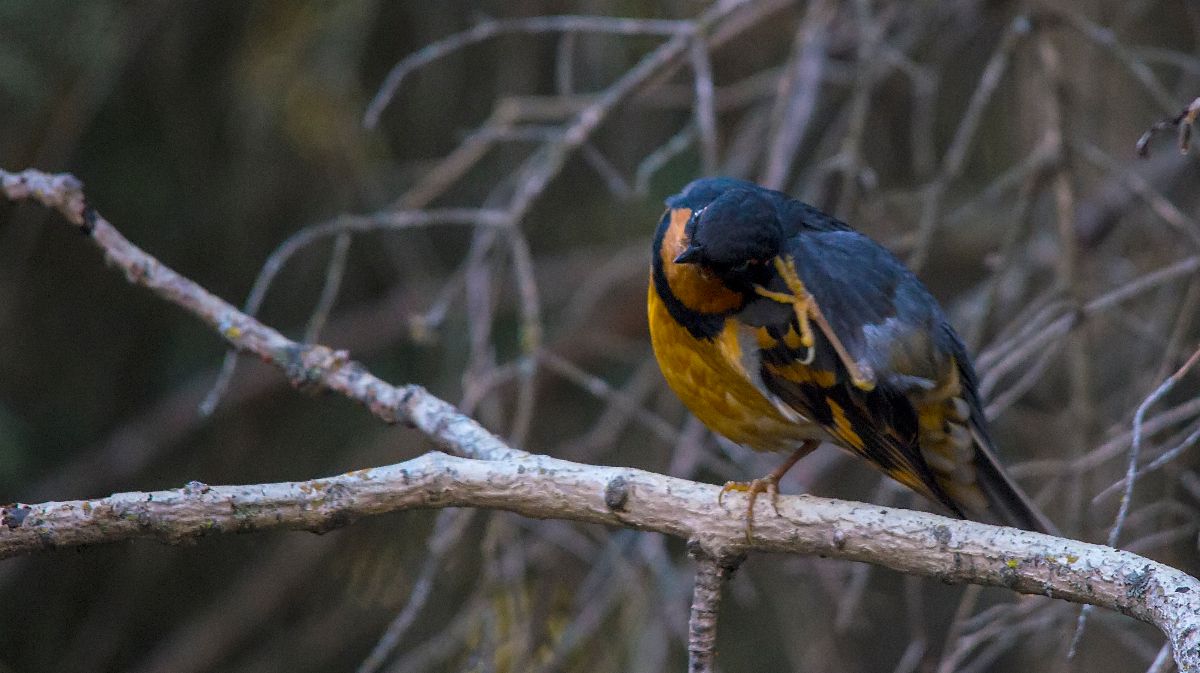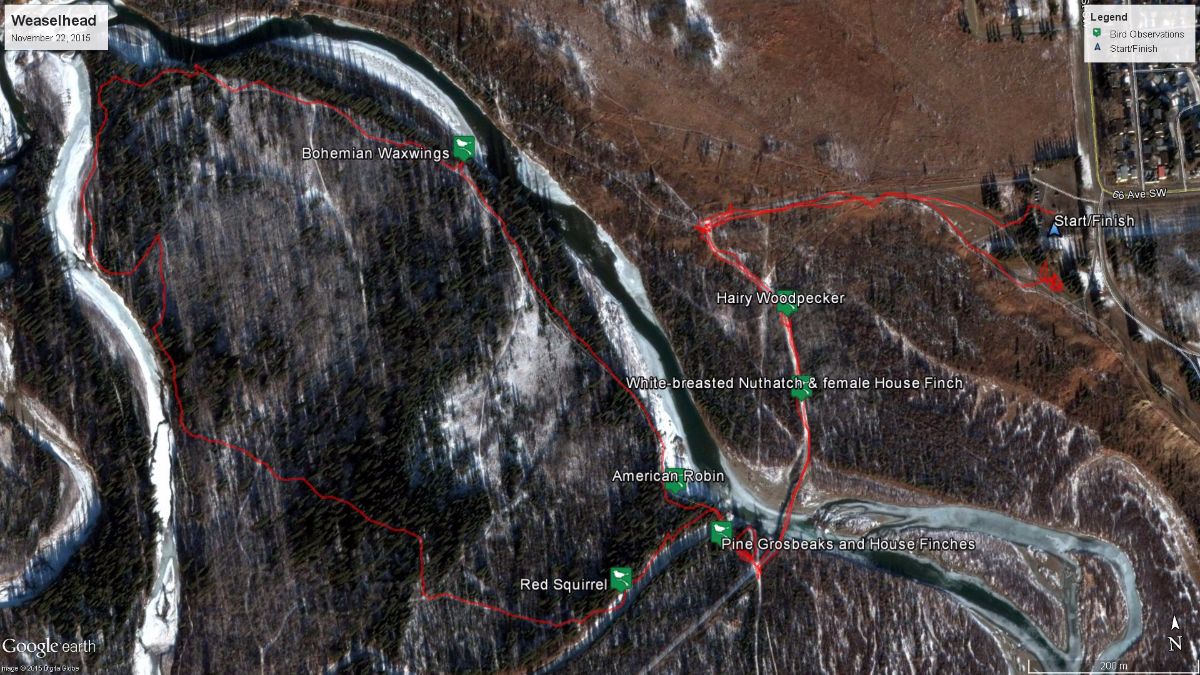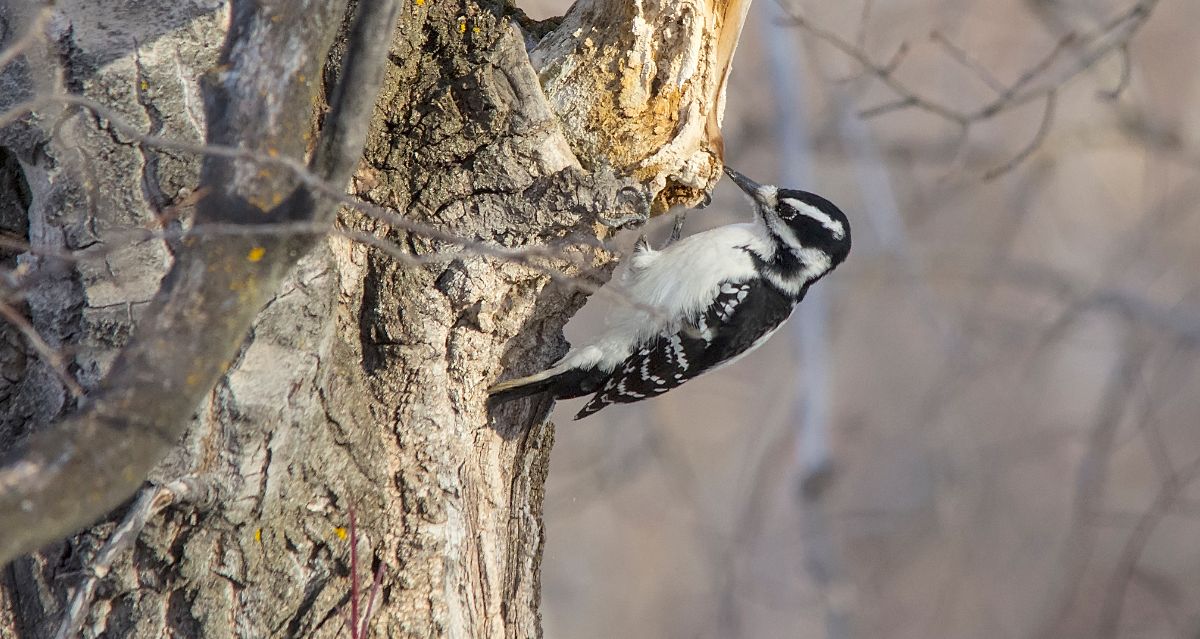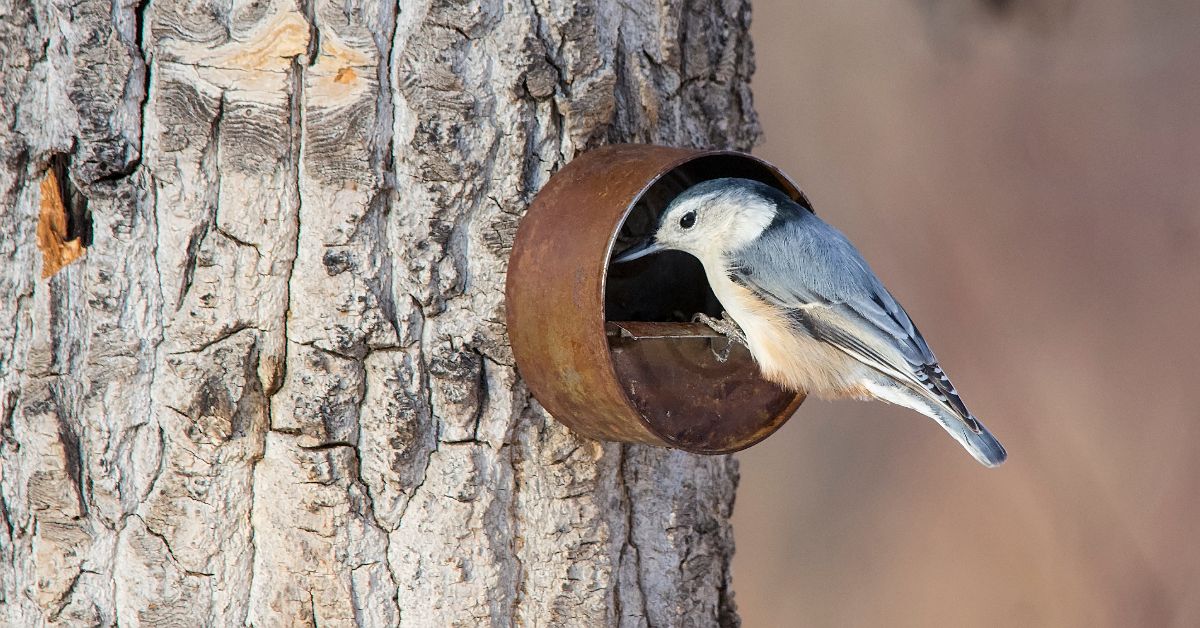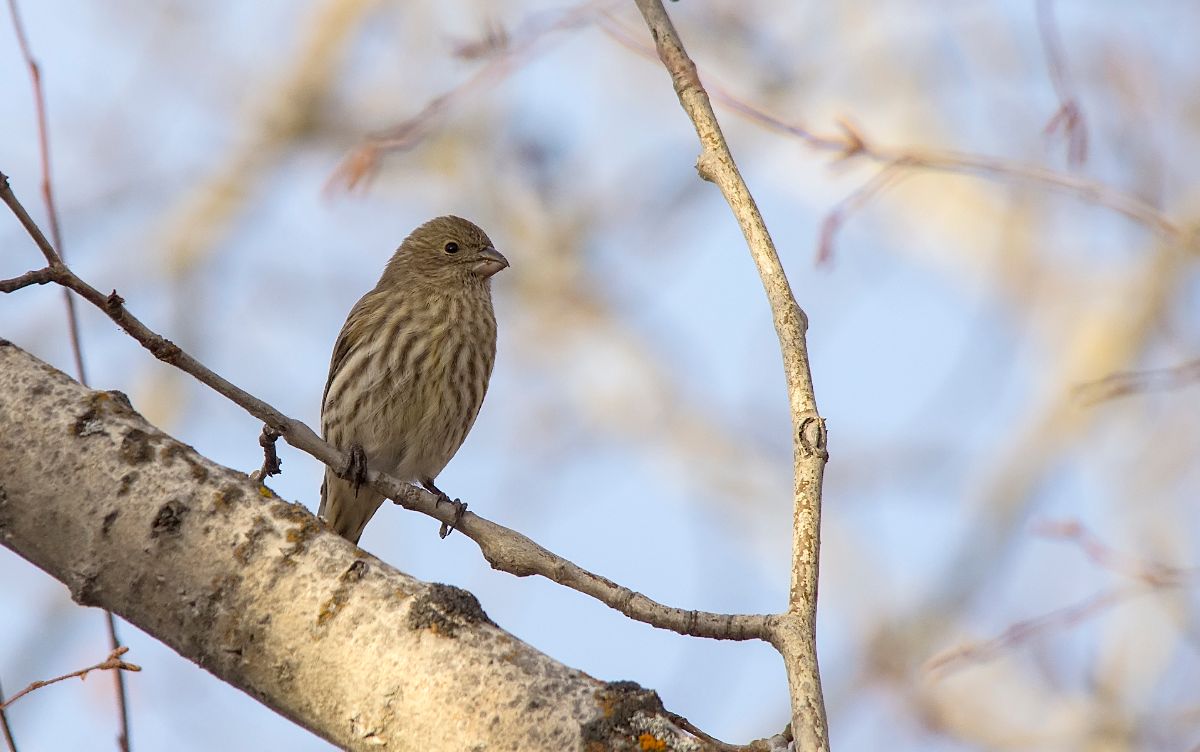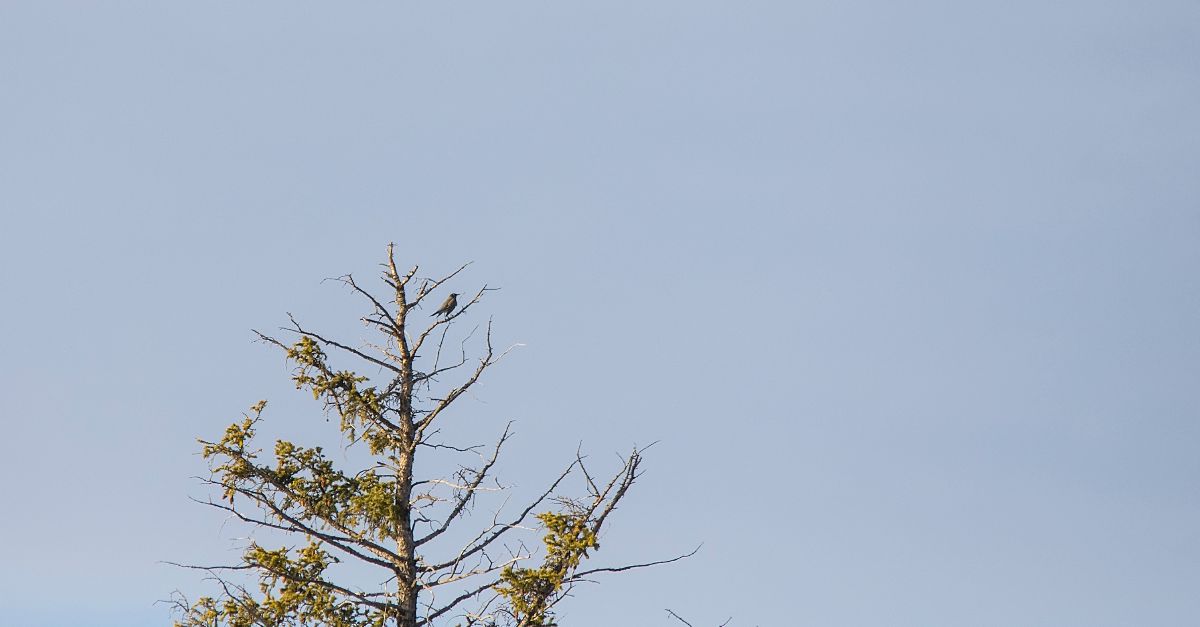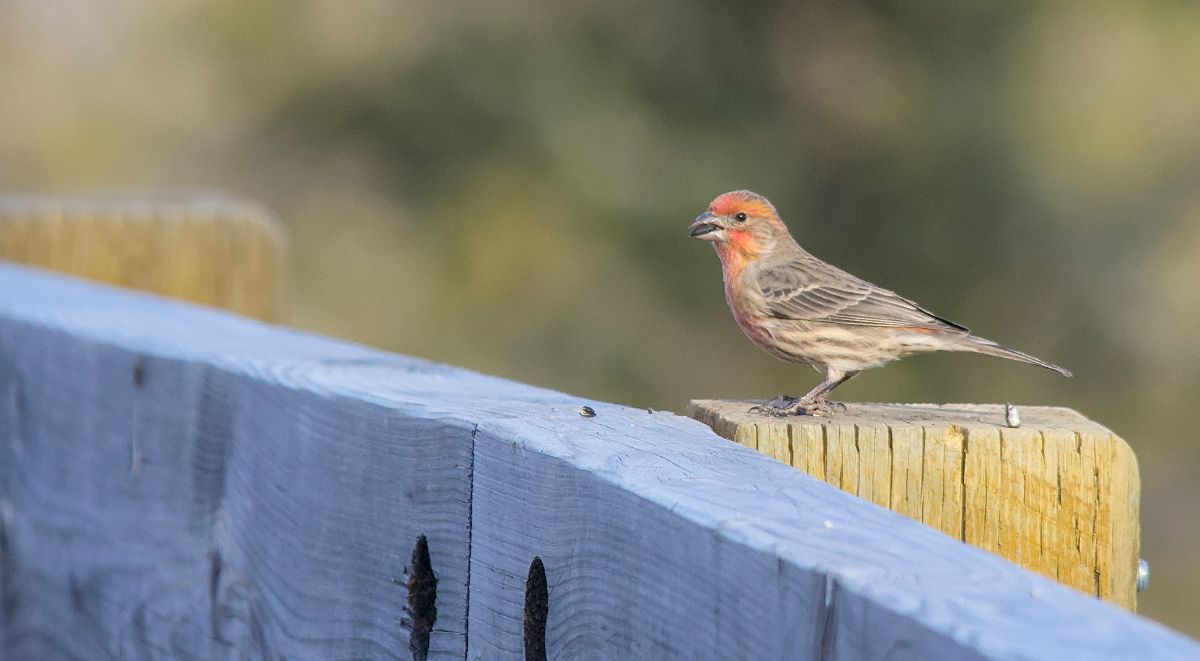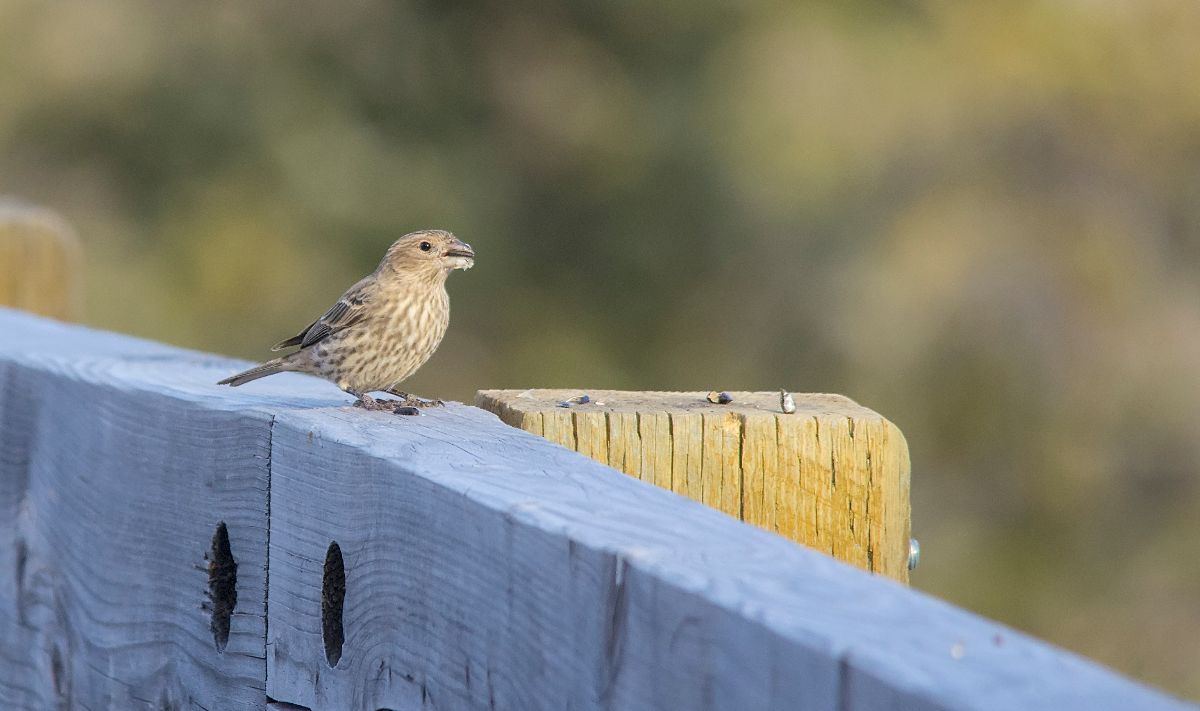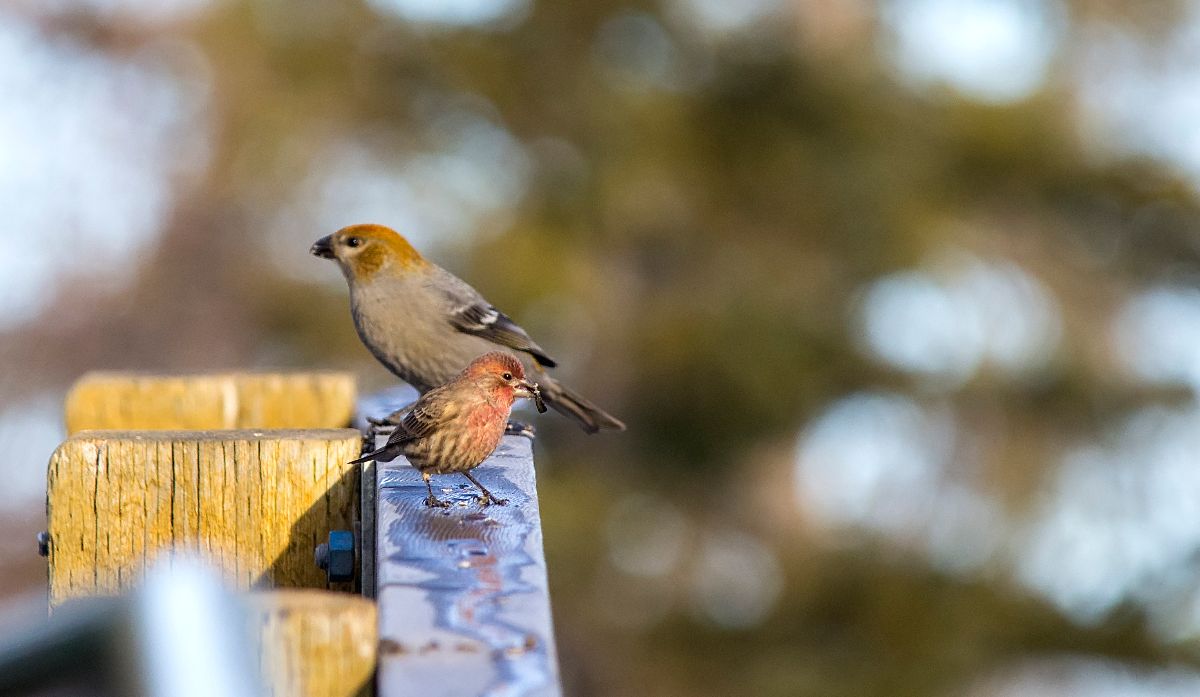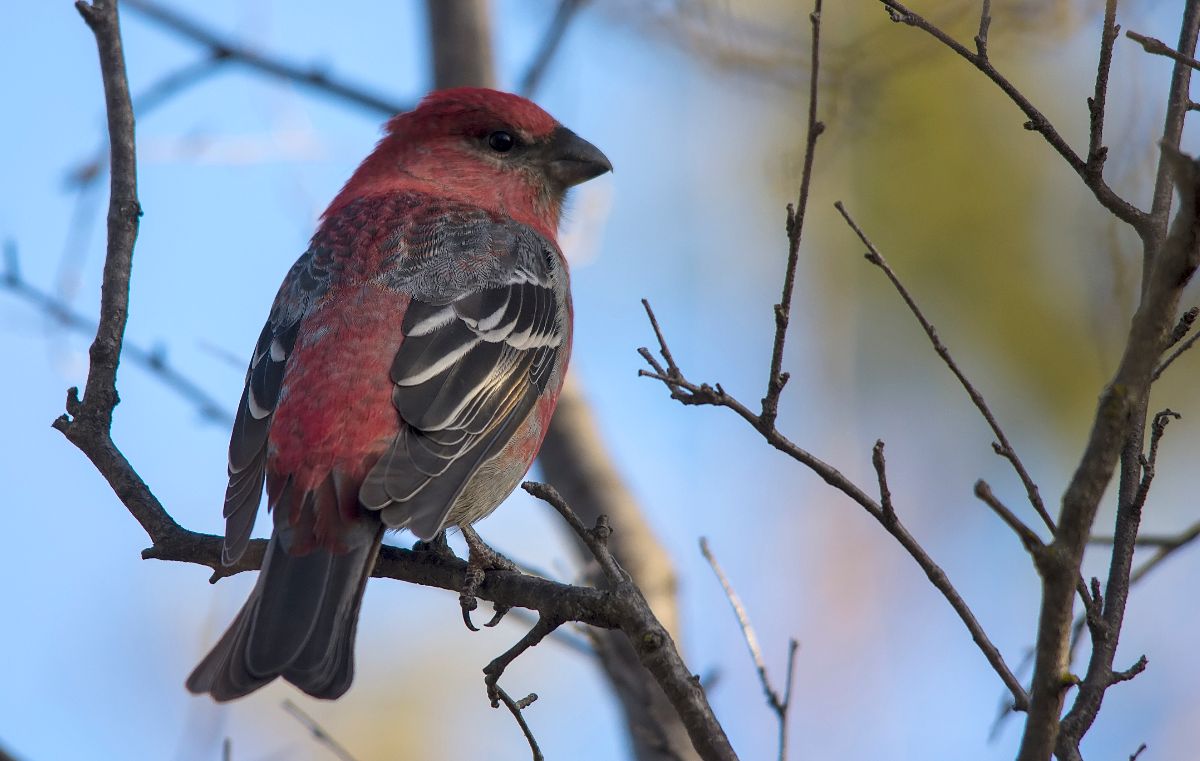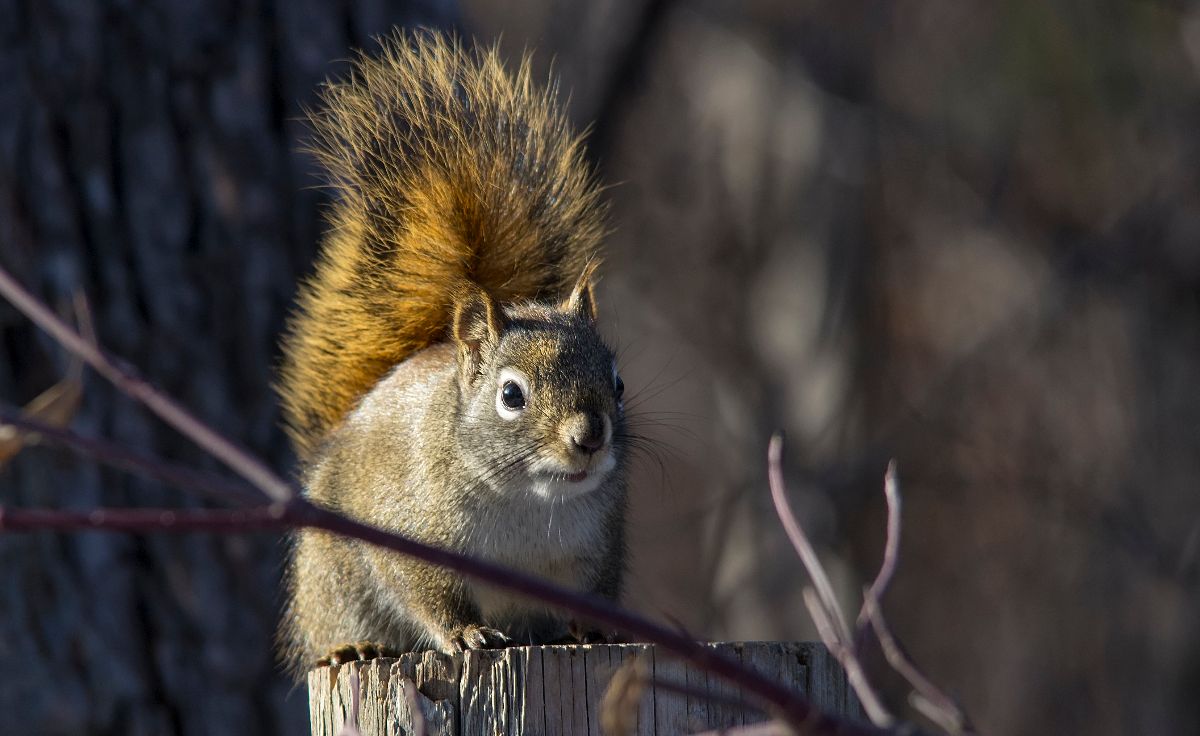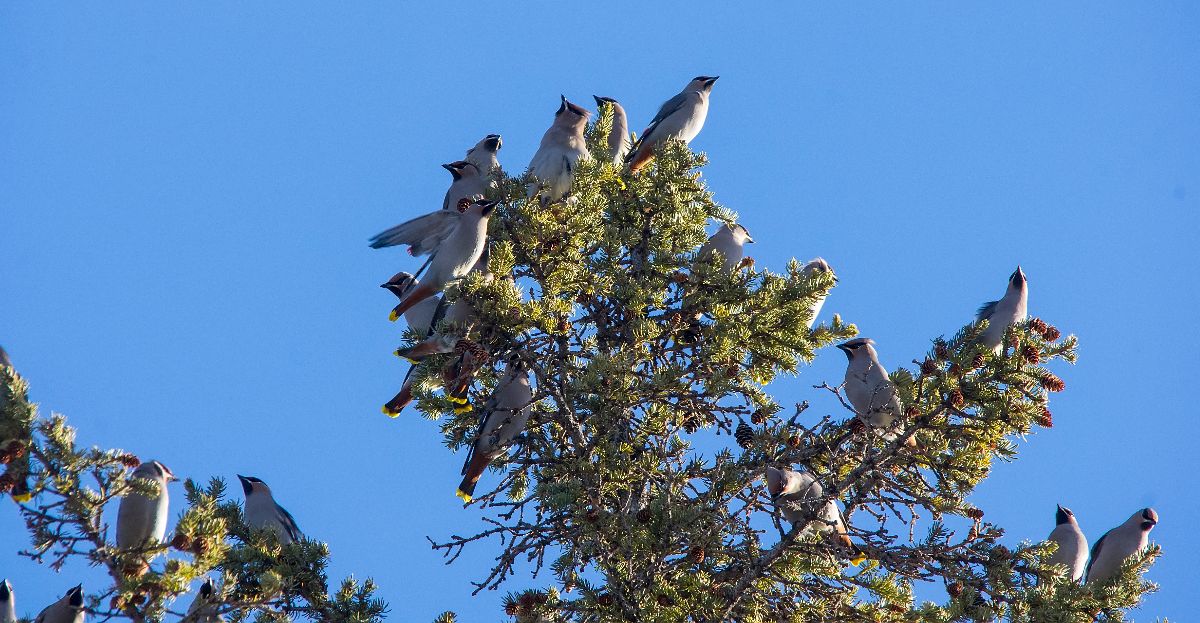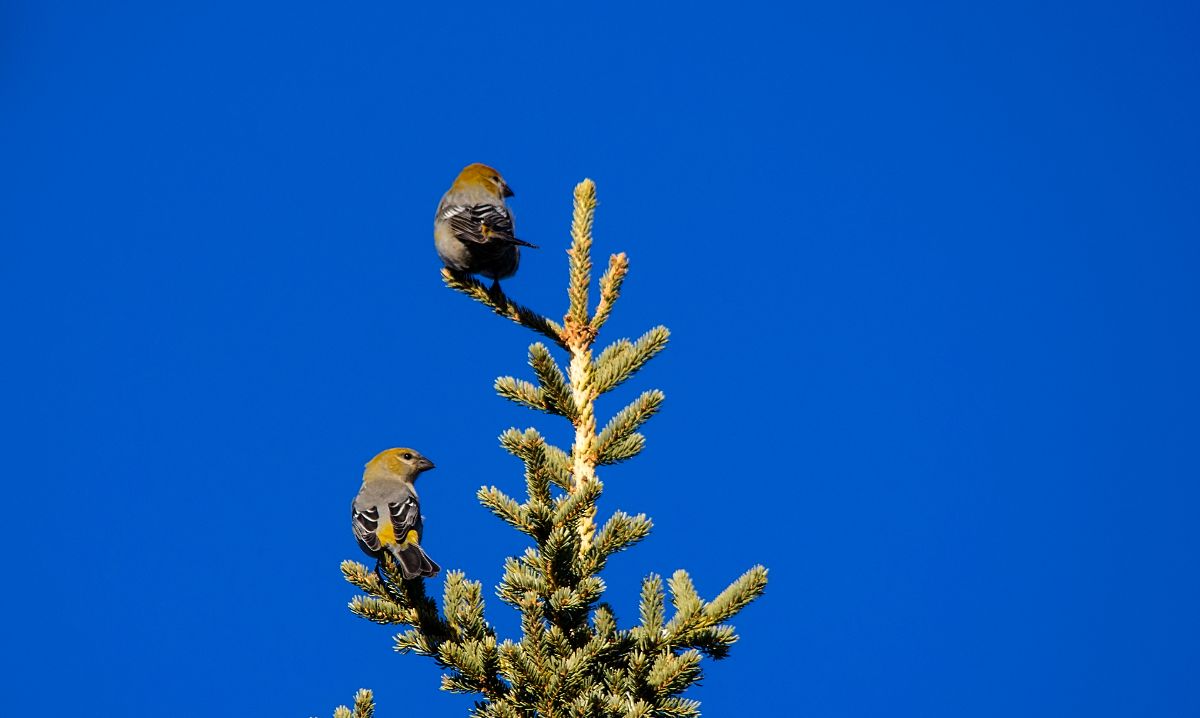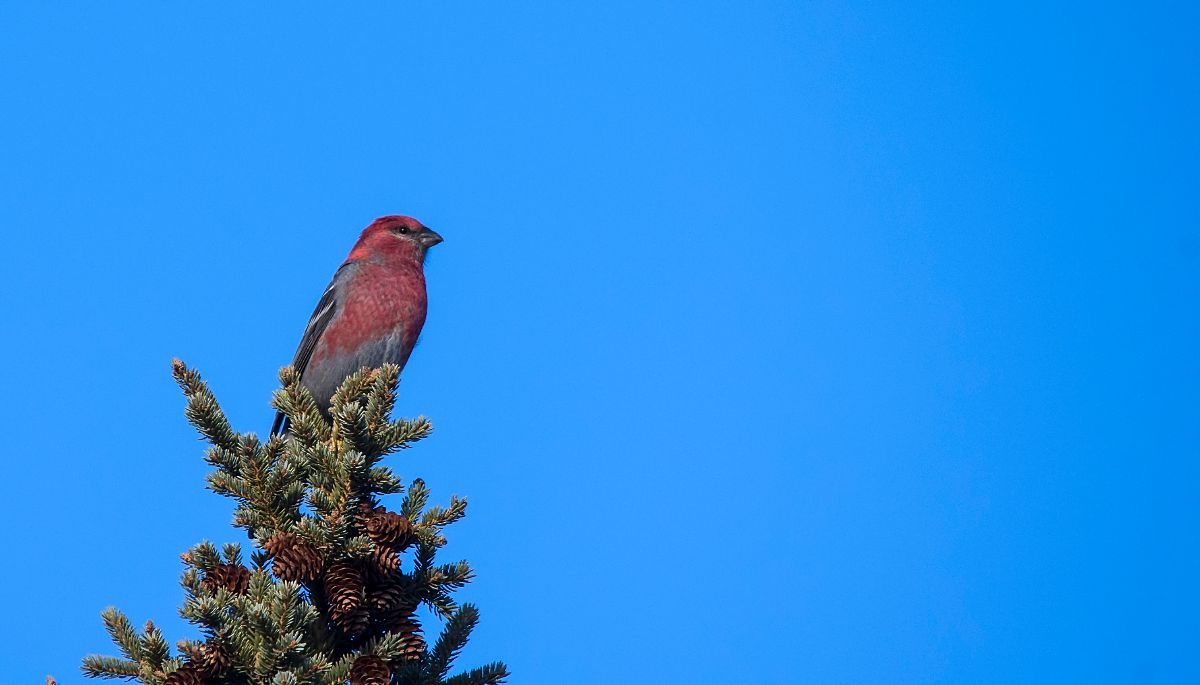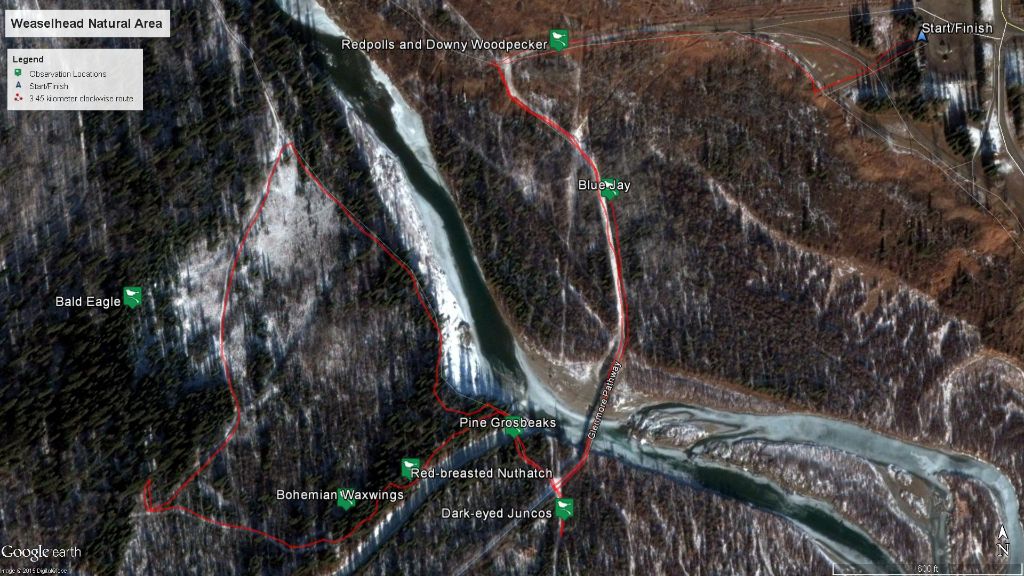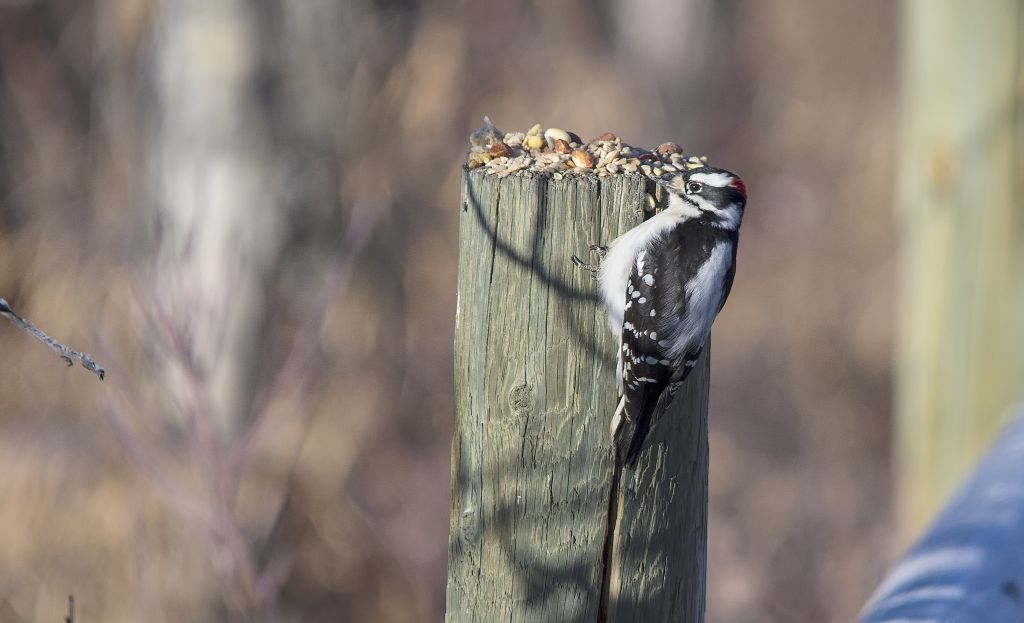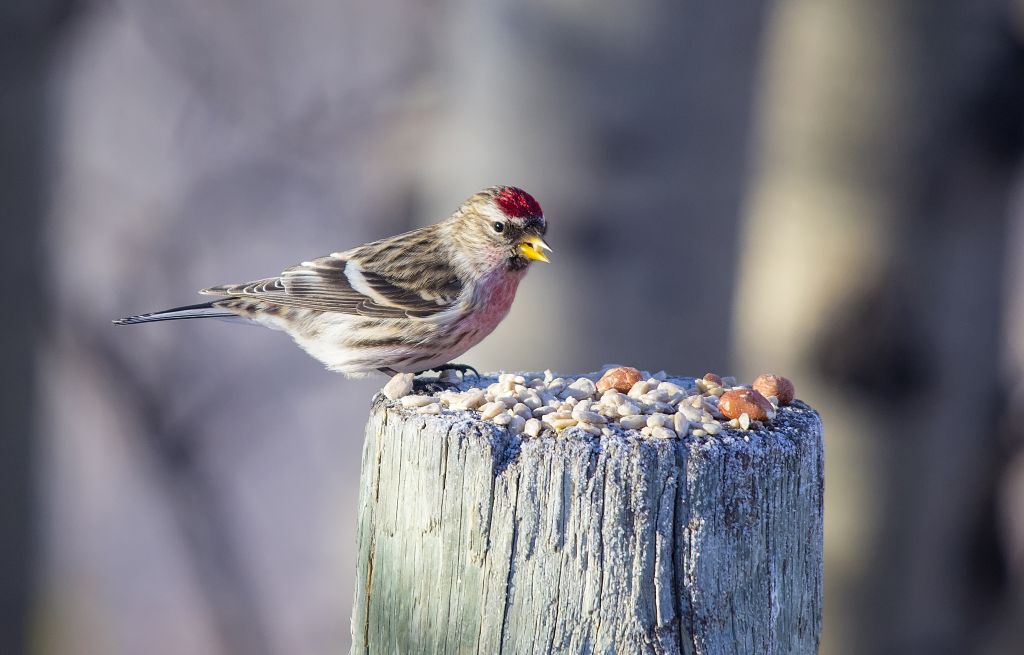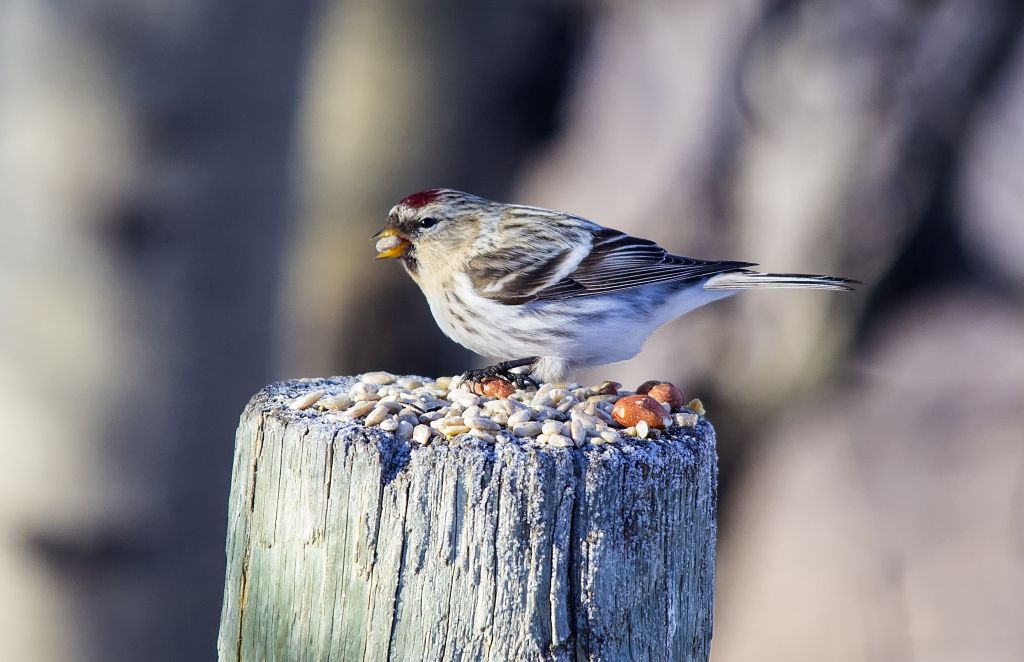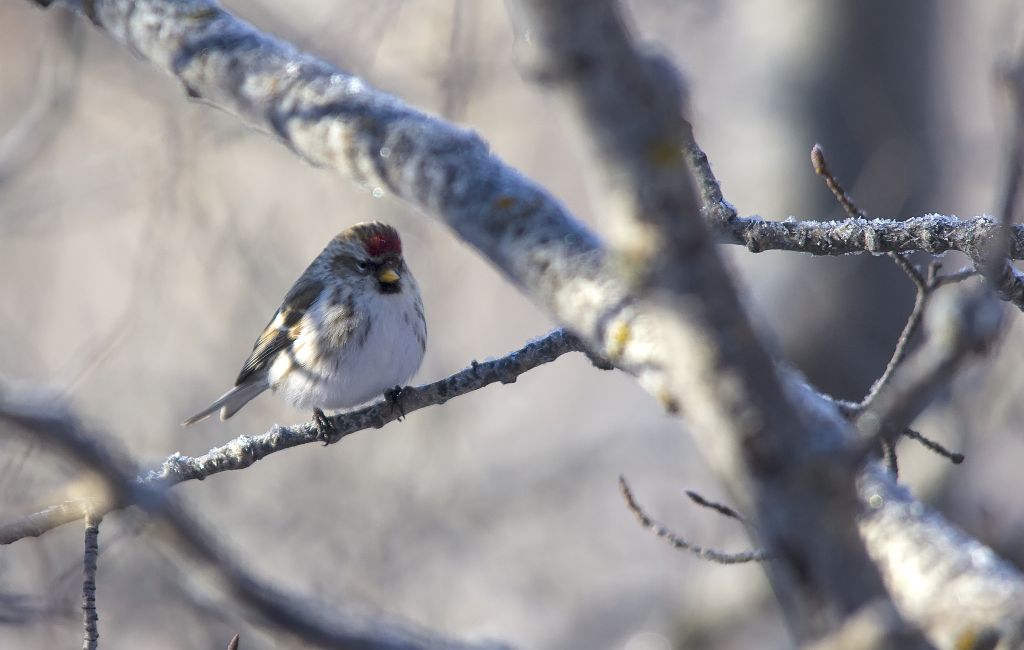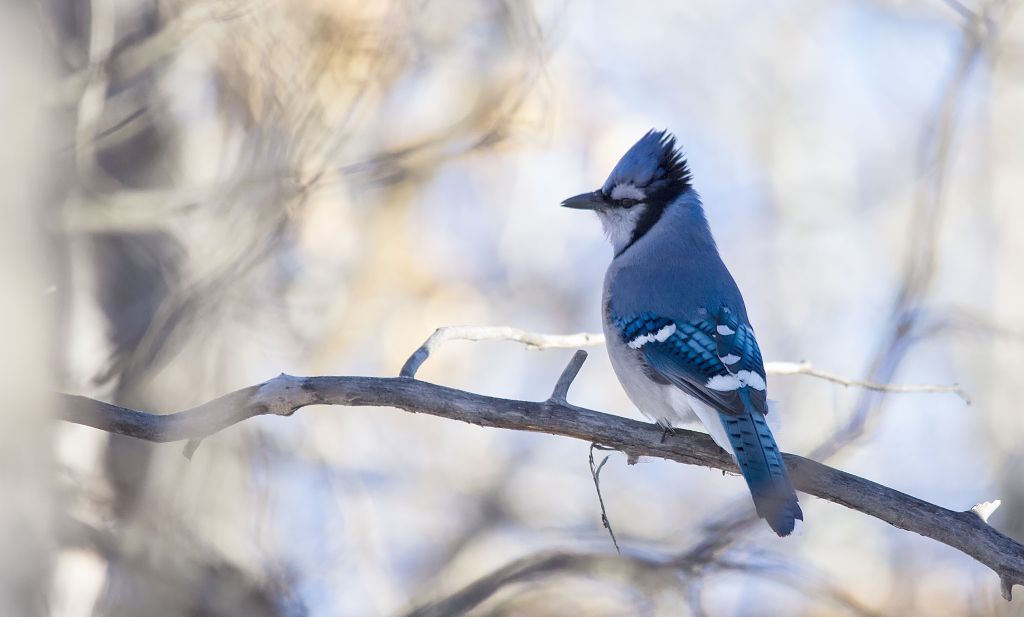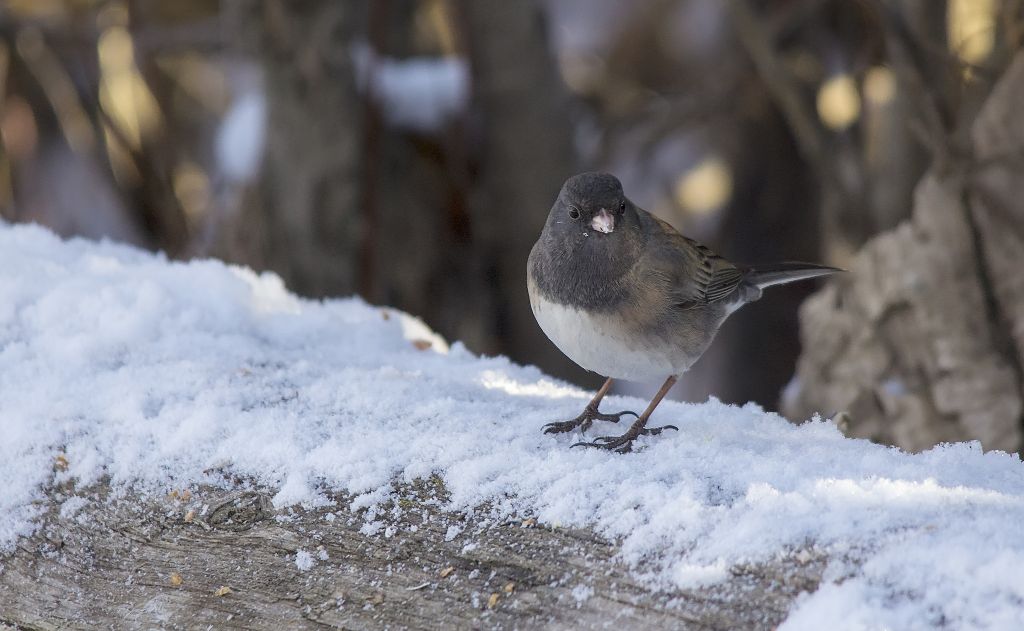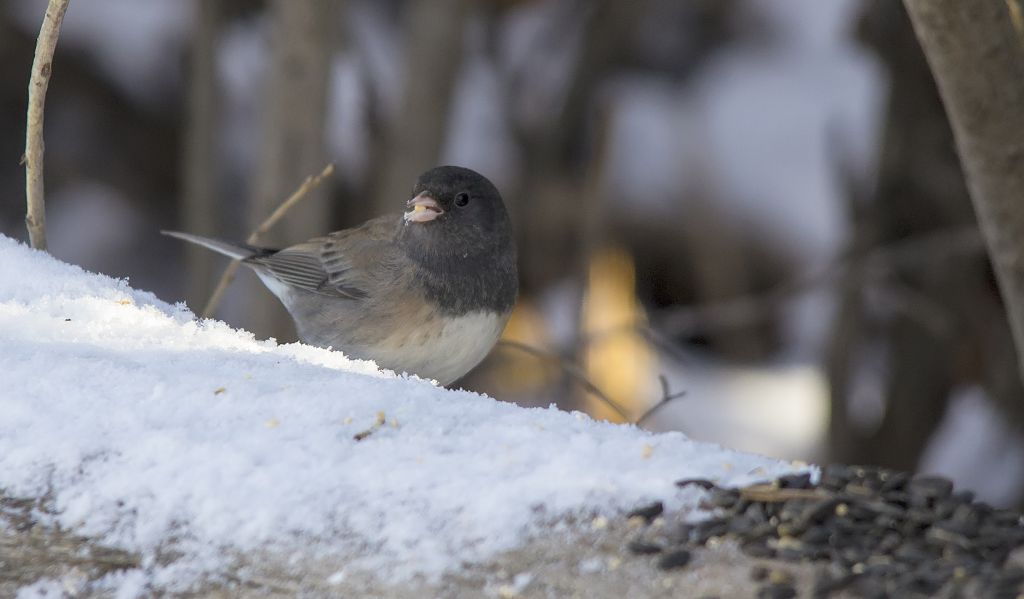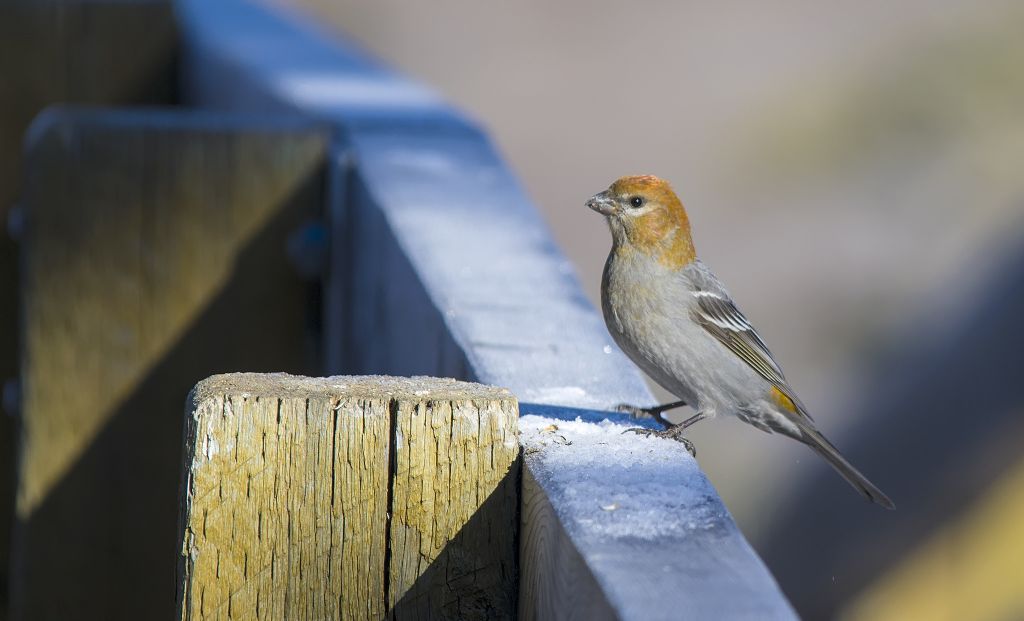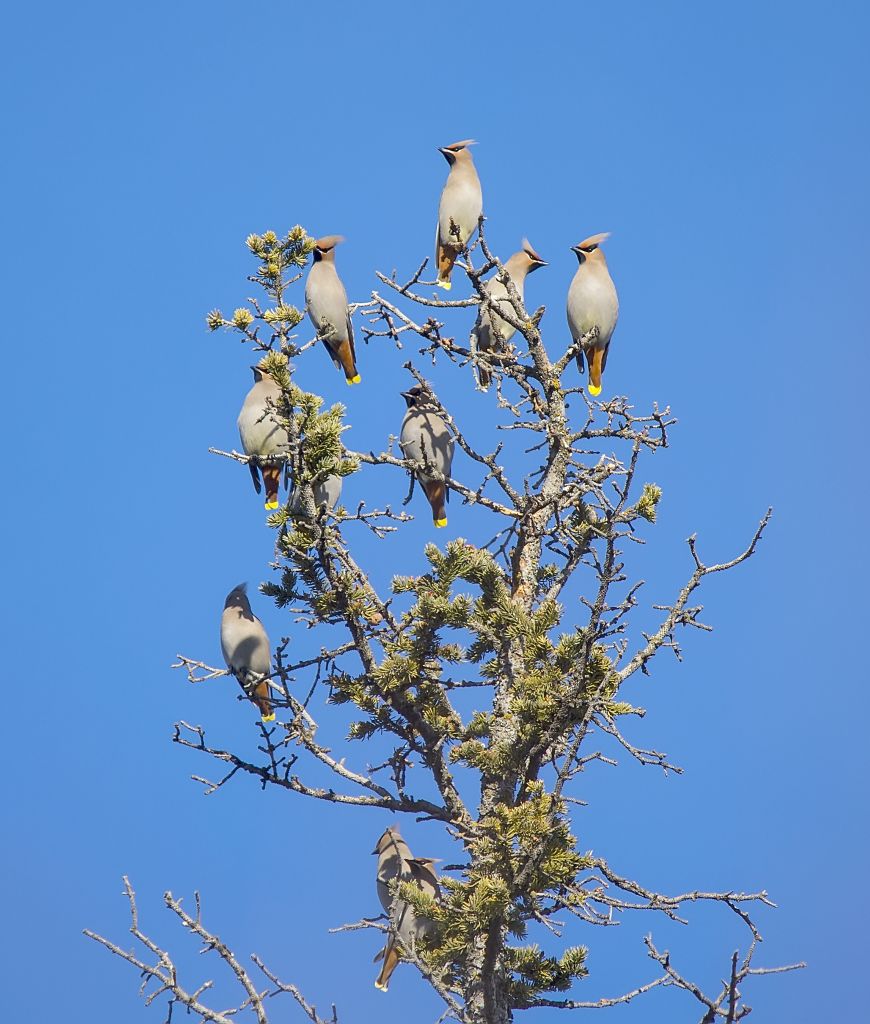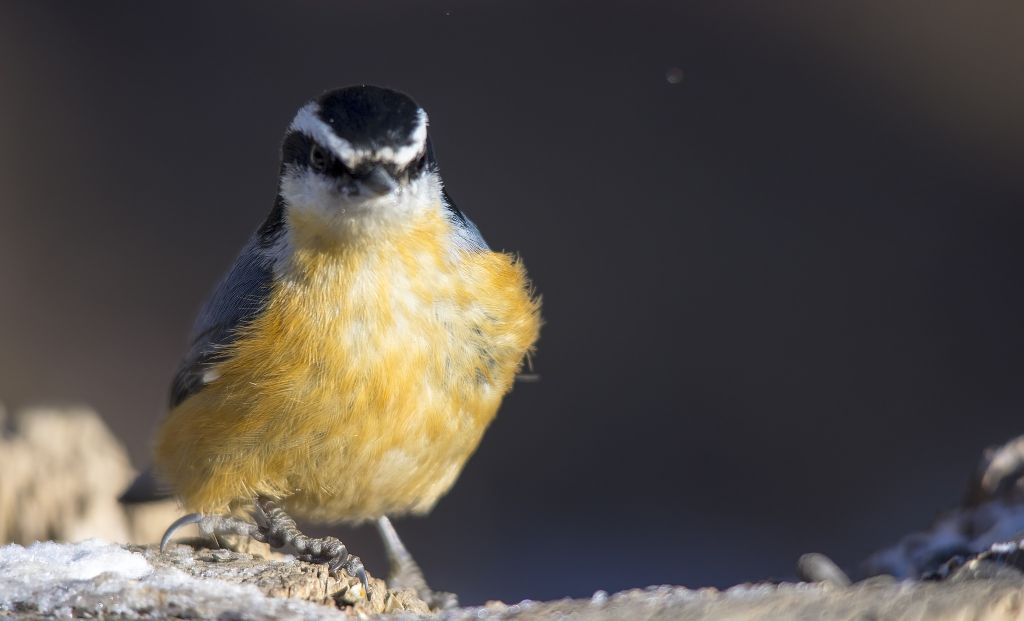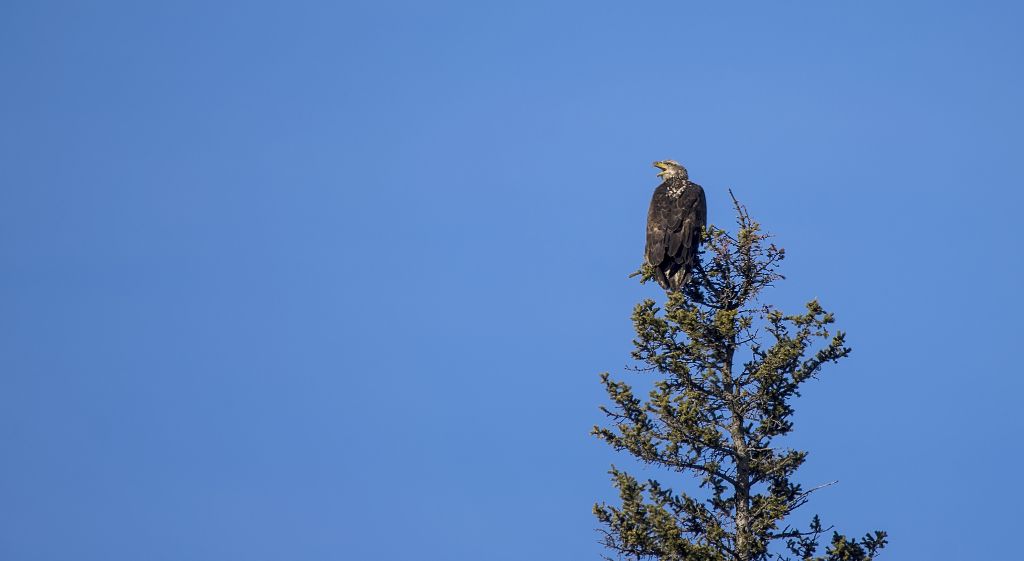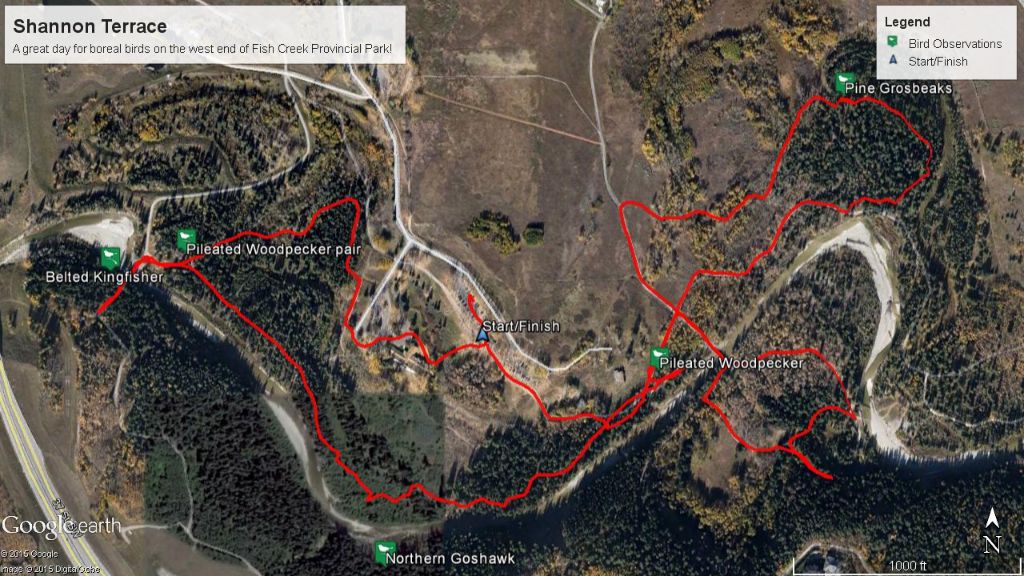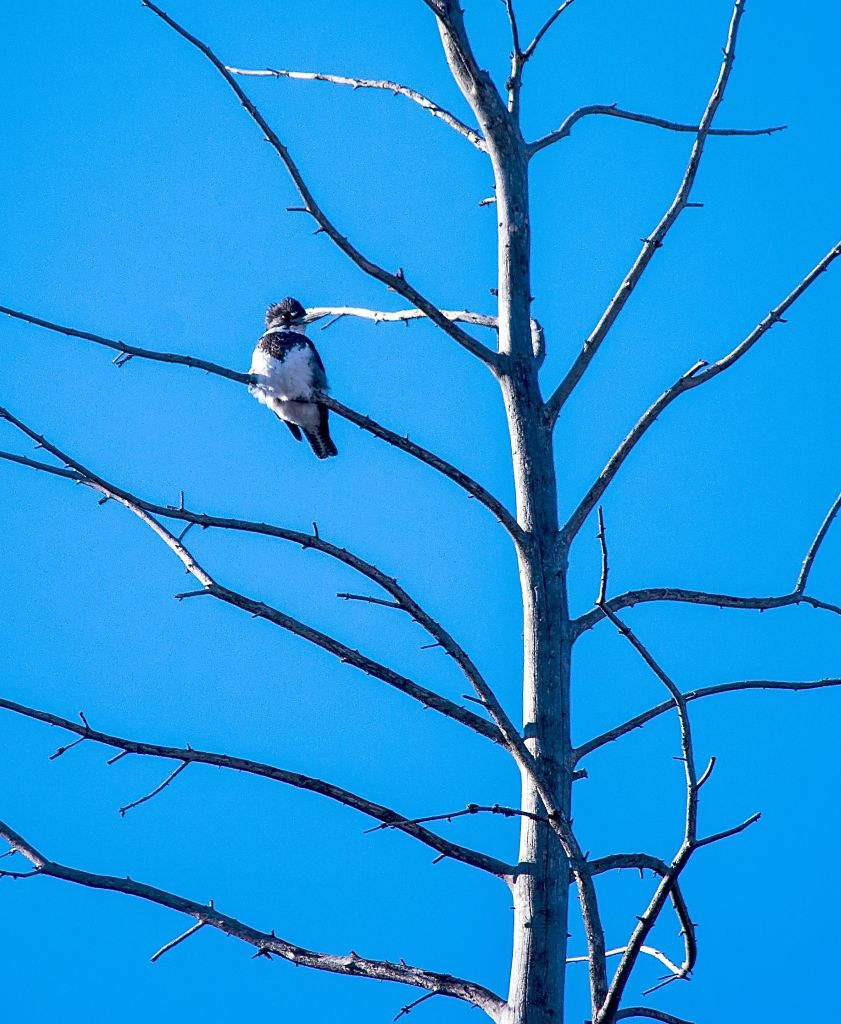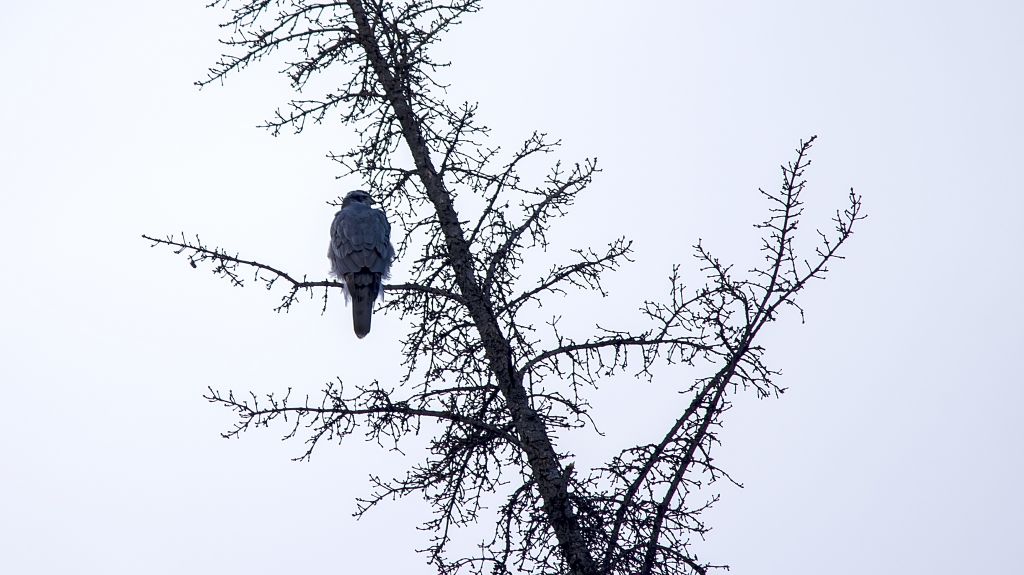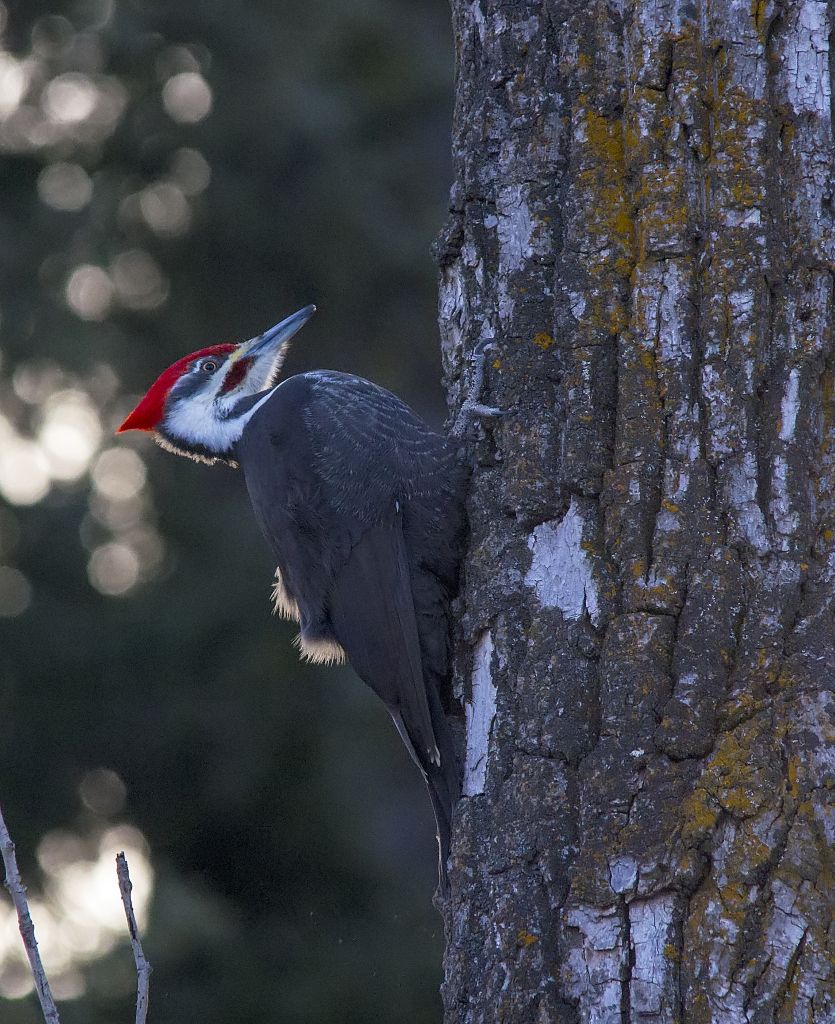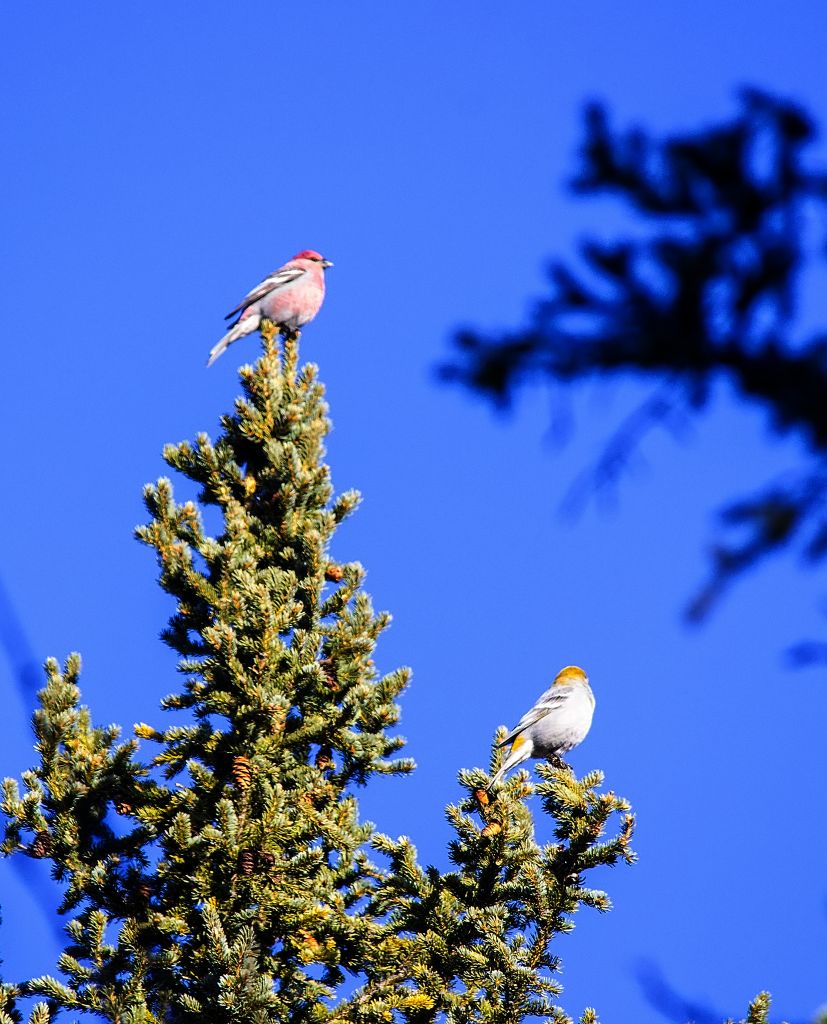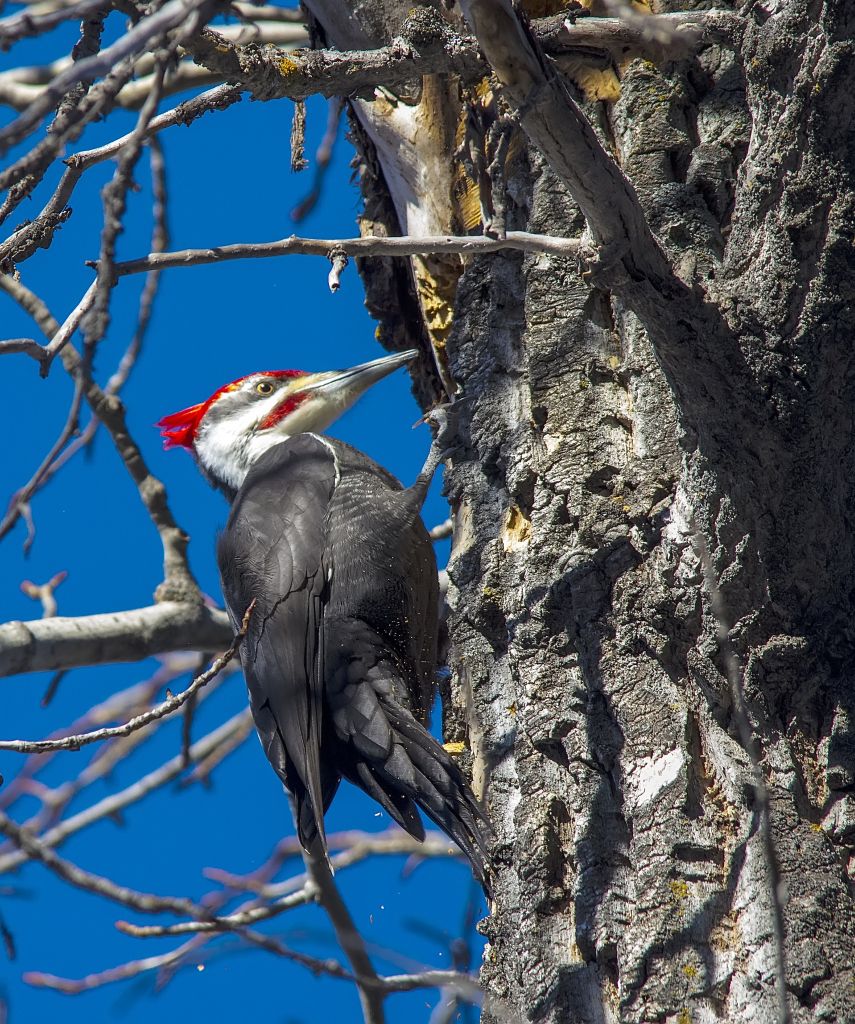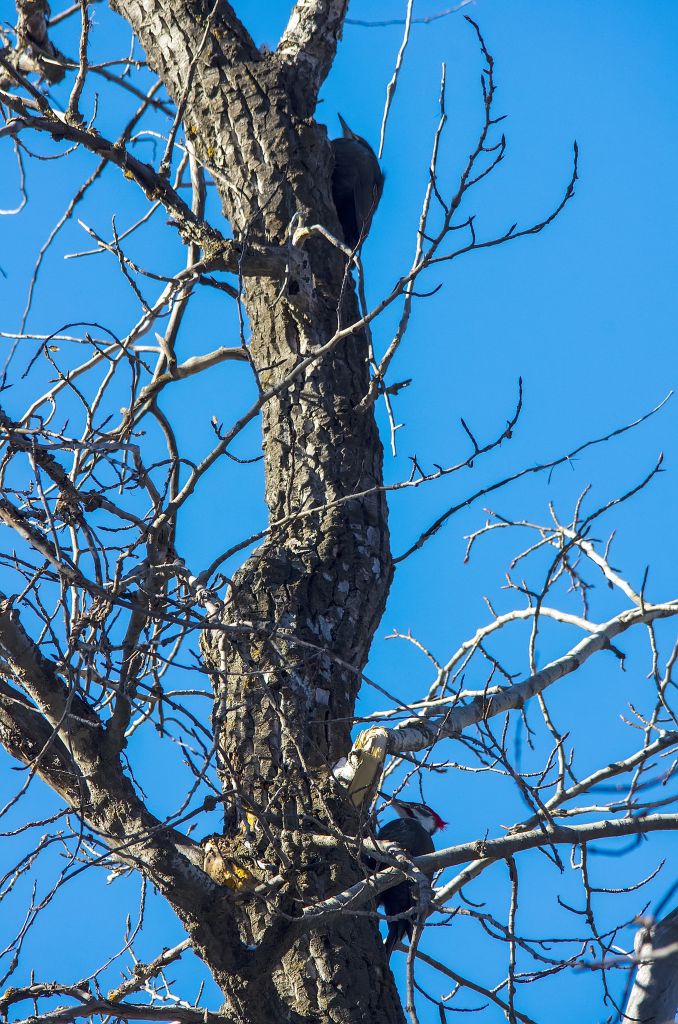By Cathy Warwick
Have you ever seen a Northern Cardinal in real life? These birds are beautiful and striking, and most of all, an intense red. If you haven’t seen them in person, I know you have seen them on Christmas cards and other winter-based accessories. Surrounded by snow and red berries probably. Those of us who live in Western Canada are tired of seeing them on our cards and mugs, and since they refuse to migrate out west I say we get a new bird to be emblematic of winter. I propose the Pine Grosbeak.
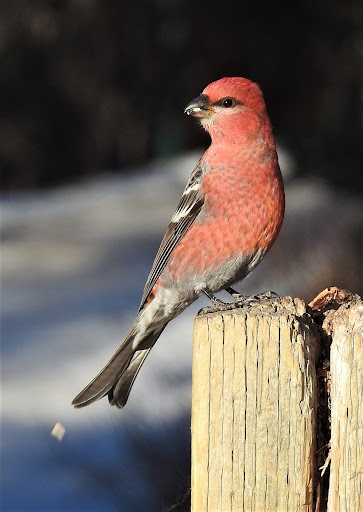
The Pine Grosbeak is a large (robin sized) pinkish-red bird that flocks around berry-laden trees whilst looking festive. Although it is only the male Pine Grosbeak that have the red hue, and the females tend to be a mustard yellow, they still are very striking. As All About Birds describes them “a large and plump, heavy-chested finch with a round head”, sounds like they just need a Ho Ho Ho and their big bellies will shake like a bowl full of jelly.
I have been seeing them often on my street this winter, eating fruit from the trees. They travel in a small flock, and are identified by their color, their heavy finch beaks and their white wing bars. As the Audubon website says, they are “absurdly tame” so you can go stand under the tree and watch them. They dwarf the regular house finch, and probably can bully them off of bird feeders. I have never seen them on my feeder, probably because they are so big they would trigger the squirrel cage around it.
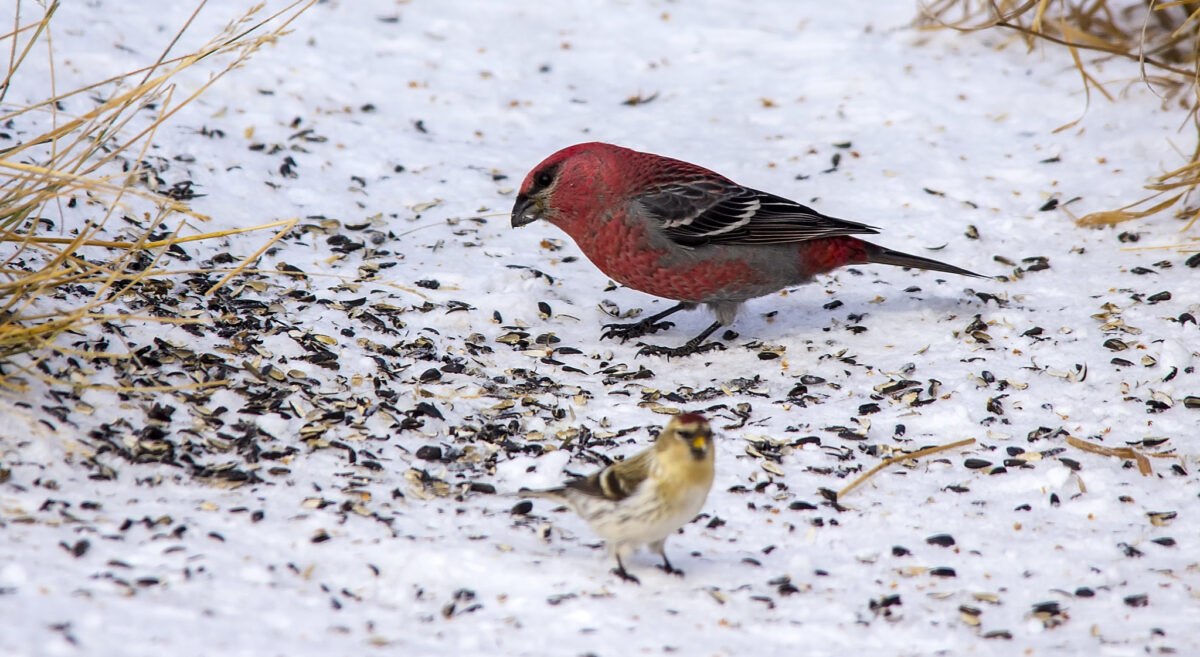
They are often seen in Weaselhead, just past the big bridge, where people put seeds. One year, a long time ago now, I saw some there that were a very rich brick red. Interestingly, their size and color varies across the continent. The males in California tend to be more orange for example. The Pine Grosbeak in British Columbia tends to be smaller. If they want a shot at supplanting the Cardinal they better start emphasizing the red.
Like most finches they have a pleasant song, warbly and melodic. I can’t say I have heard them sing in person. Perhaps this is because they sing during breeding season and by then they have vacated the city. According to the Government of Canada this bird is an ‘irruptive’ species whose populations are poorly understood. That means they move to southern locales when the food in the North is scarce. It is very special that they can overwinter in our city and I love seeing them here.
The Pine Grosbeak has a reputation for being slow-moving. In Newfoundland they have the nickname of ‘mopes’ because of their mopey, sluggish movements. I’m not sure how fast things usually move in Newfoundland but I would never call a bird mopey. However this does mean they make great photo subjects, and that should fit right in with my idea of overtaking the Cardinal in winter and Christmas memorabilia.
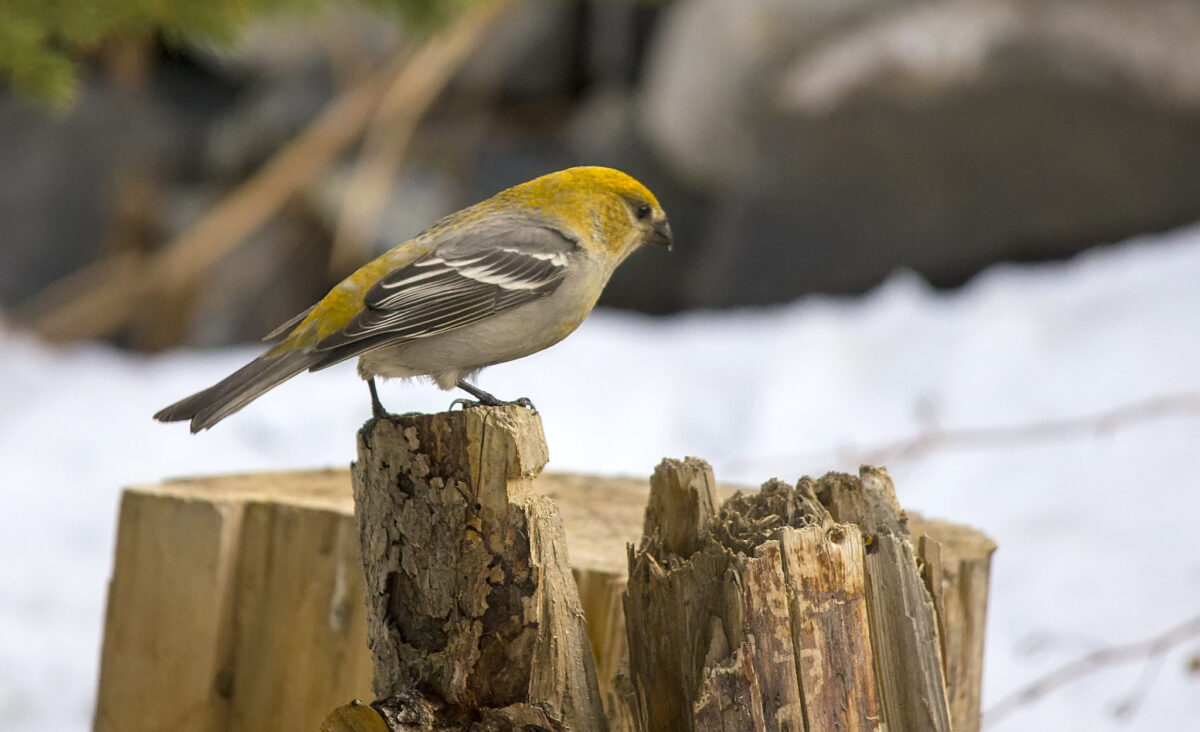
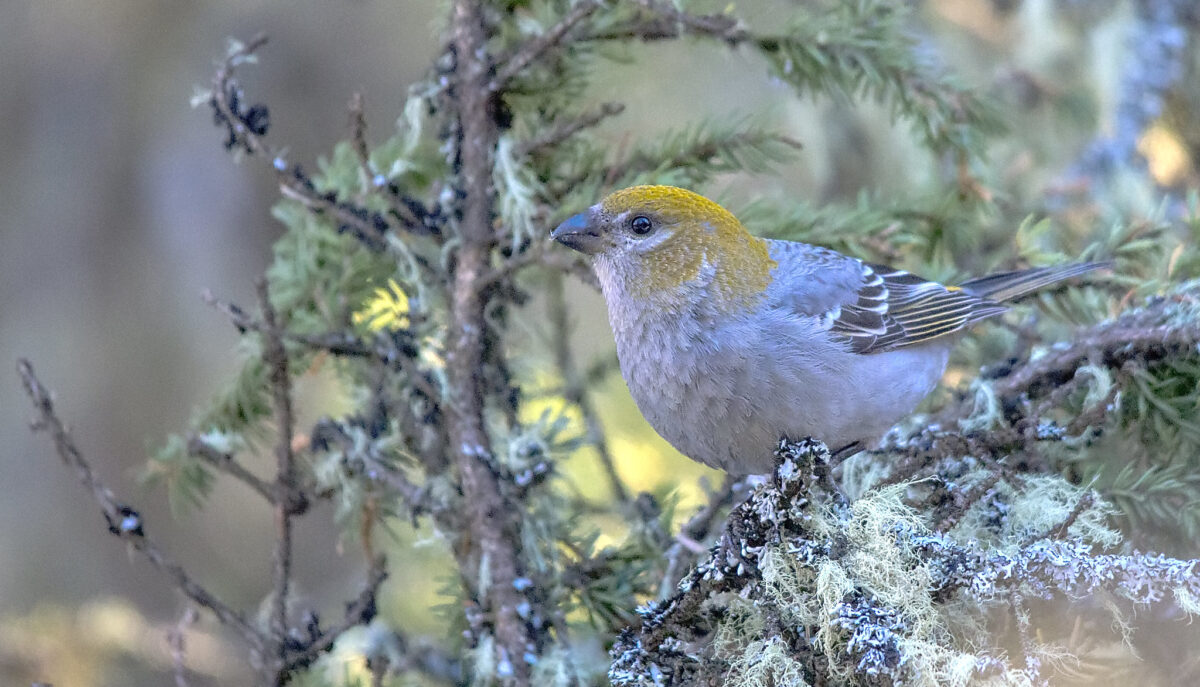
In Calgary Pine Grosbeaks can be found most readily in coniferous forests of the Weaselhead, the west end of Fish Creek Park, west Bowness, and Griffith Wood Park. In big irruptive years they might be seen almost anywhere in the city.
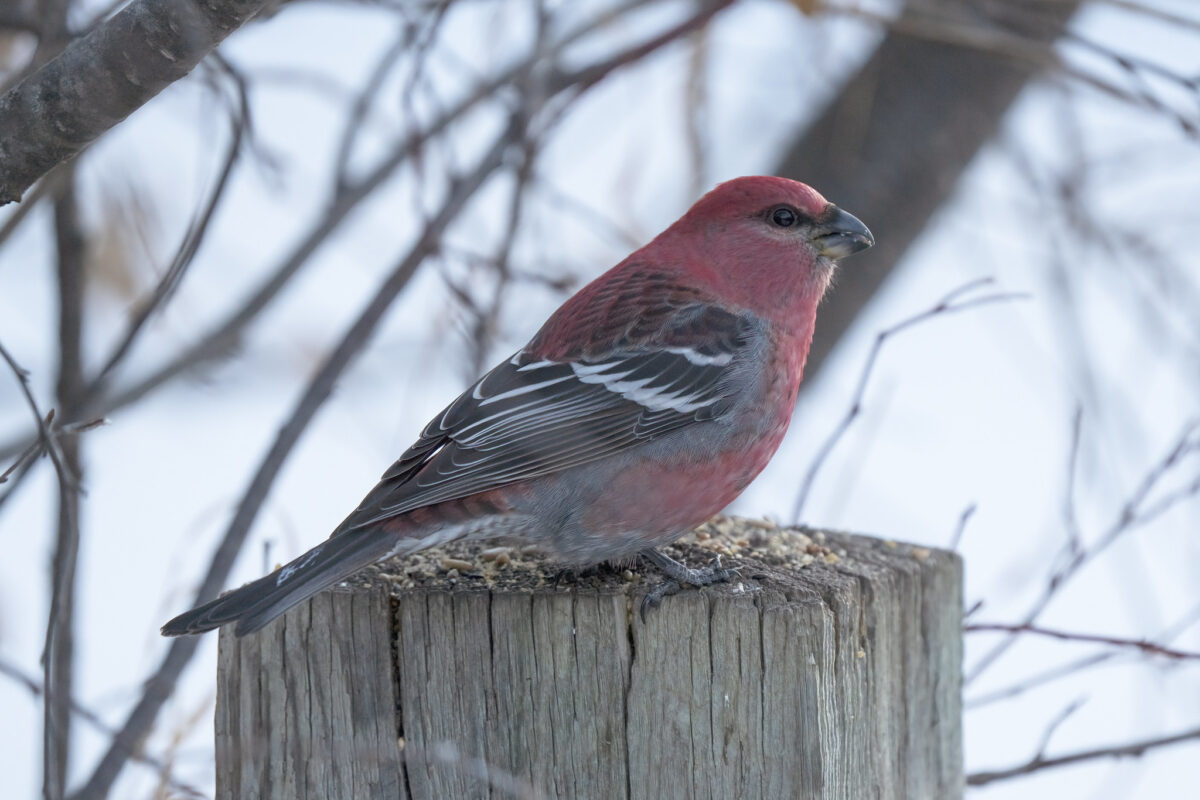
Here is a map showing sightings of this species in the Calgary area this year, from November 2023 to January 2024, as posted on eBird. As you can see, they are most often seen in the west end of the city and to the west of it.

Read more about the Pine Grosbeak on eBird here.

